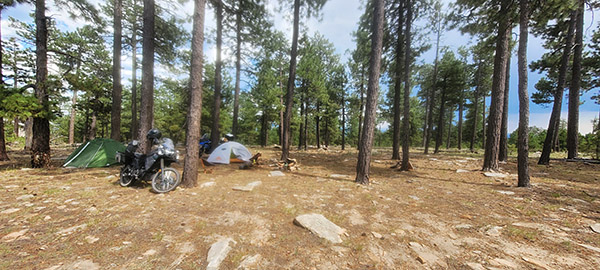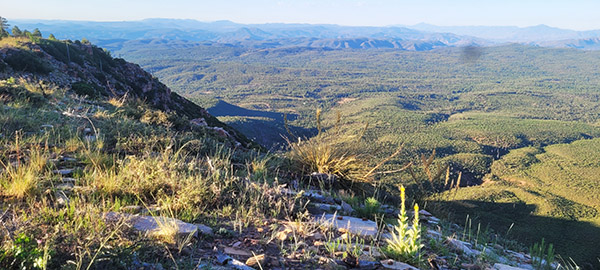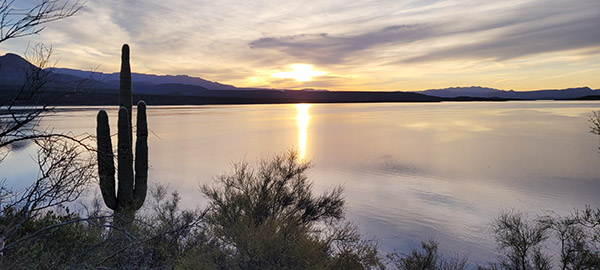By Joe Berk
The International Association of Chiefs of Police…it’s an organization most folks have never heard of, but it’s been around for 130 years. My good buddy Mike is a member and he invited me along as his guest to the 2023 IACP convention (Mike and I have known each other since the 7th grade, and that means we’ve been friends for more than 60 years). It’s the third or fourth time I’ve attended the IACP show, and it’s always great. The IACP convention was in San Diego this year, and any time I have an opportunity to visit that beautiful town, I’m in. Susie and I rolled south in the Subie; Mike had already flown in. All kinds of companies have exhibits at the IACP convention, and many federal and state law enforcement agencies have displays. The United States Secret Service was there and they had one of the presidential limos on display. The photo at the top of this blog is yours truly reflected in the presidential limo’s deep black paint.
So who exhibits at the IACP? All kinds of government organizations and all kinds of businesses. Many of the exhibitors were software companies (including Microsoft) specializing in data base and other police applications. There were several outfits advertising armor plating for people, automobiles, war wagons, and more.
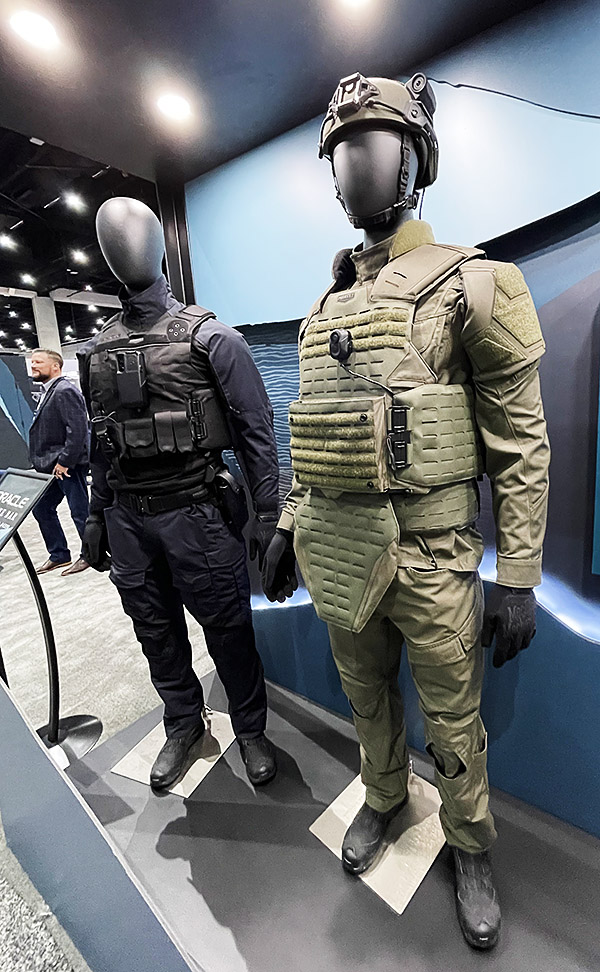
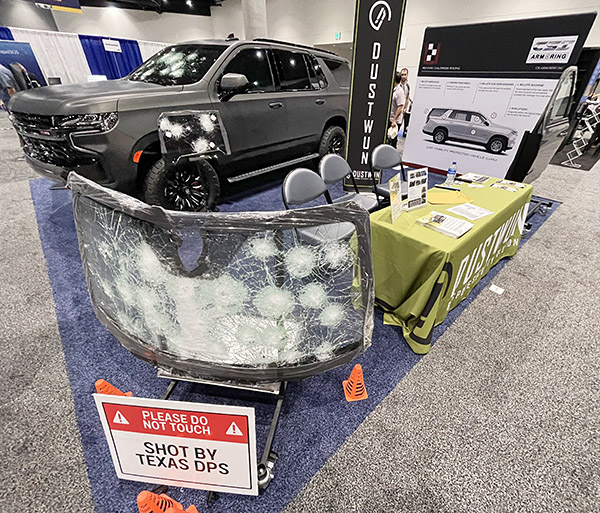
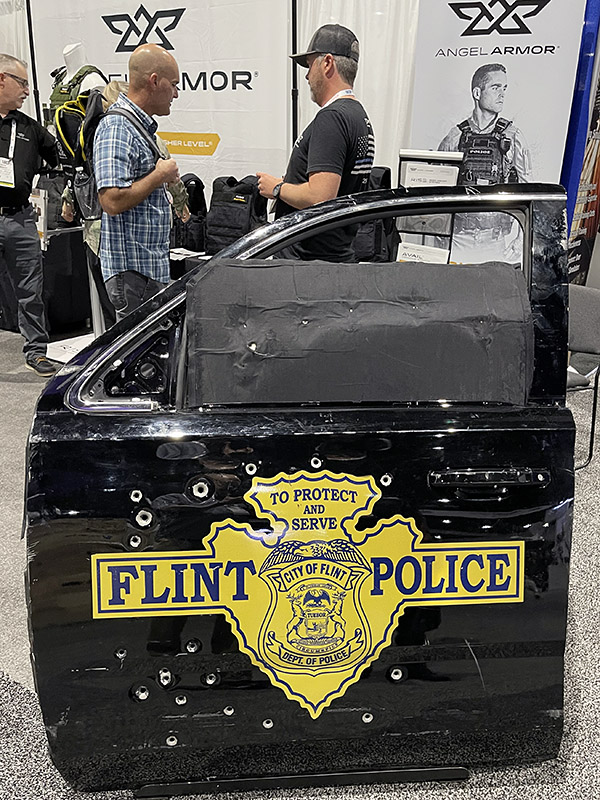
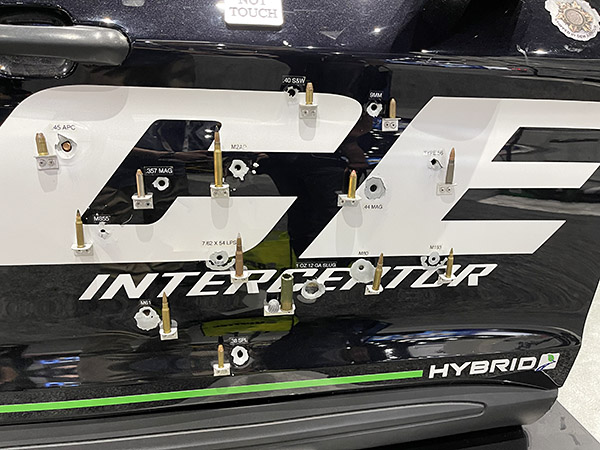
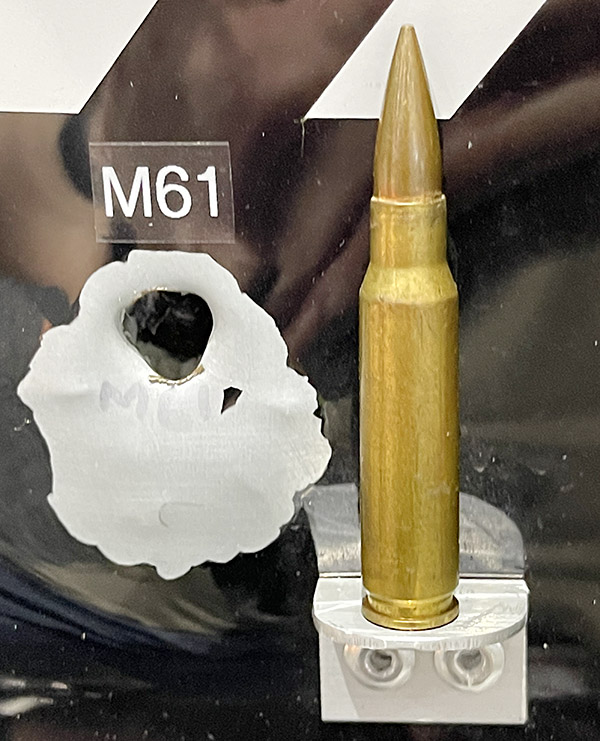
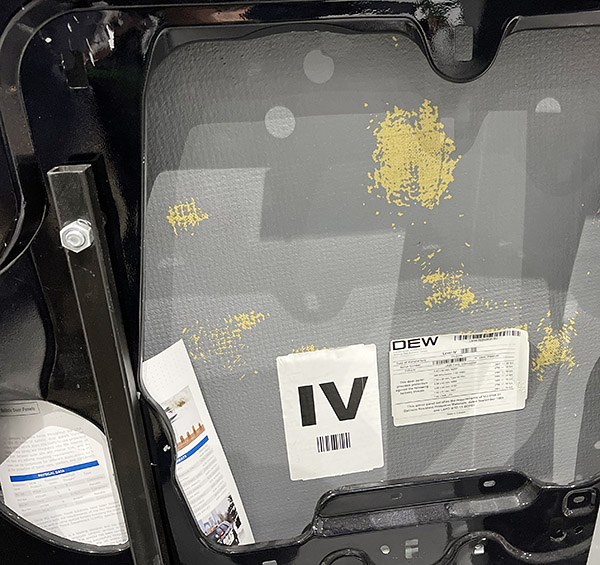
As you might expect, gun companies also display at the IACP convention. The ones I saw this year included Glock (with the largest display), SIG Sauer, Beretta, and a few different AR manufacturers. Surprisingly, Smith and Wesson wasn’t there (if they were, I missed them), nor was Colt (not many police departments carry Colt handguns these days).
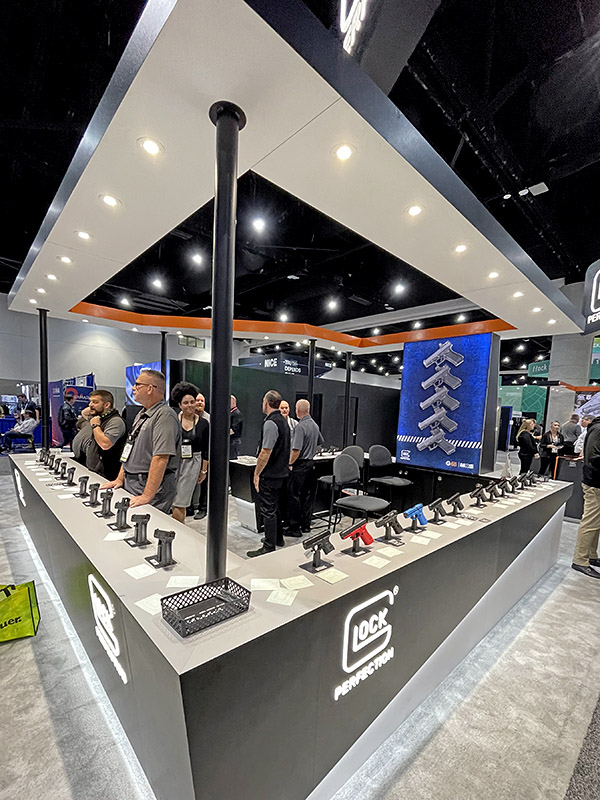
The Beretta and SIG booths were quiet. There was a lot of activity at the Glock exhibit. I spent some time at the Glock booth talking to one of their reps, and he was informative when I asked about using cast bullets in a Glock. I’d previously heard that Glock advises against using cast bullets in their pistols, and I asked if that was true. Glocks have barrels with polygonal rifling, and as such, there are no lands and grooves (there are just raised and lowered areas that twist along the barrel’s length). The Glock rep explained to me that they do indeed recommend not using cast bullets, as the lead has nowhere to go when it accumulates in the bore. When the barrels experiencing leading, it constricts the bore, and this raises pressures higher than what would be experienced in a conventionally-rifled pistol barrel. He said if you clean the barrel often enough (so that leading does not accumulate), shooting cast lead bullets would probably be okay, but how many shots can be fired before this becomes a problem is too dicey a proposition for Glock to provide a number. I also asked about copper plated (as opposed to jacketed) bullets, and the Glock rep told me that they advise against using those as well. To me, it’s not a big deal, as I don’t own a Glock, I always clean my guns, and virtually every firearm manufacturer advises against shooting reloaded ammo anyway. Eh, what do they know? The only time I ever shoot factory (i.e., non-reloaded) ammo in my handguns is when I have to requalify for my concealed carry permit.
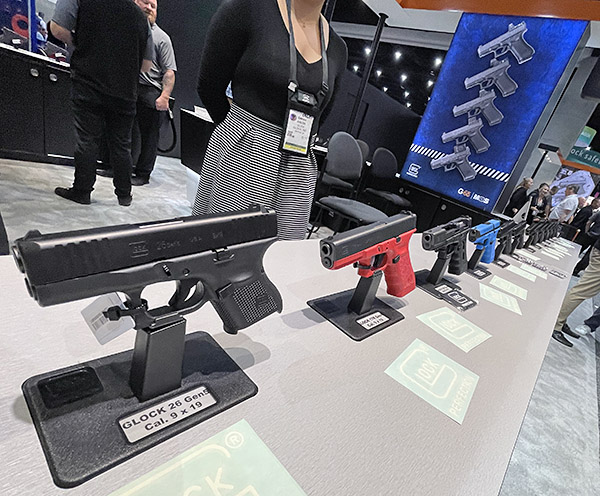
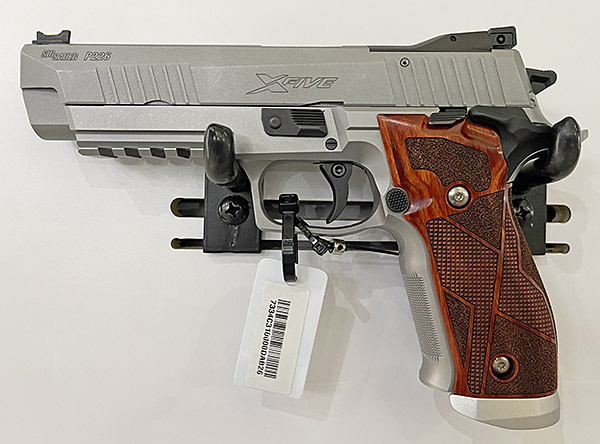
I saw the new SIG target model (the 226 X5) and I fell in love with it. Unfortunately, the X5 is not available to us here in the Peoples Republik of Kalifornia (it’s not on the California Department of Justice roster of approved handguns). The SIG X5 is expensive at $2219, but I’d buy one in a heartbeat if it was sold here. It fits like my hand like a glove and the trigger is superb. The grips are nice, too. The X5 has all steel construction, so it’s heavier than the standard 226 (which has an aluminum frame). I sure wish it was available here. On the plus side, SIG’s M18 is now available in California. It’s the Army’s new sidearm. It has a striker firing mechanism (there’s no hammer), so the trigger pull is not what I would call good (as is the case, in my opinion, with all striker-fired handguns). The M18 is about $700 and I am tempted. I like SIG handguns.
There were taser manufacturers and firearms training simulator manufacturers at IACP, too. The photos below show a taser virtual reality simulator. You wear a headset that covers your eyes and hold a taser gun. I think the company was Axon. They had about 20 stations for people to try it. The rep explained that you have to fire twice…once in a noncritical area and then again in another non-critical area. When you do that on the simulated bad guy in the virtual reality headset, the bad guy goes down. Sometimes you have to fire more than two times because your suspected felon doesn’t cooperate and keel over immediately. You get about 15 runs against assorted bad guys, and I toasted every one of them. Then there’s an officer needs assistance call where you roll up on a police officer having difficulty subduing a bad guy. I fried that bad guy, too. It was fun.
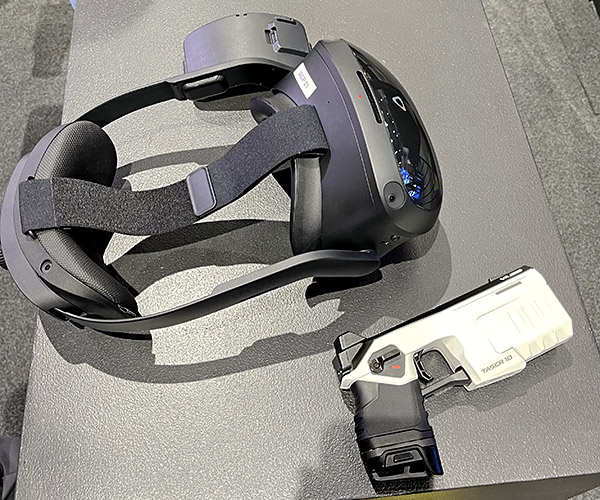
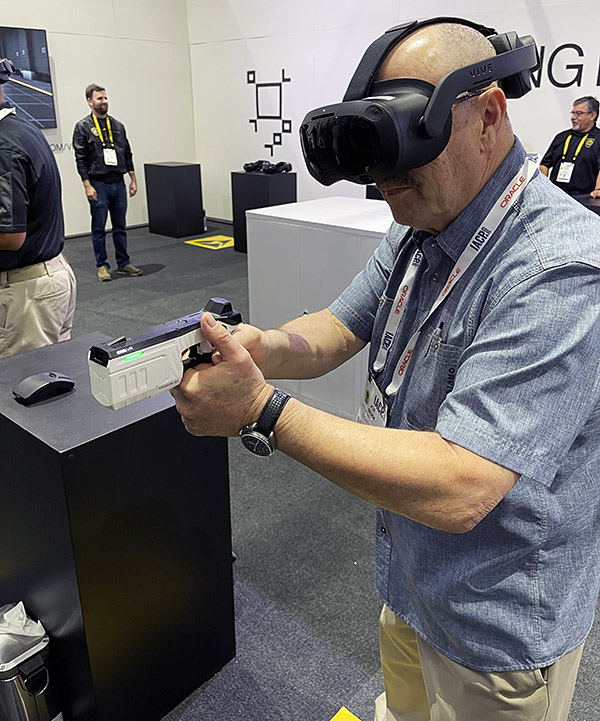
Another company, Sim Lab, had a target gallery with moving silhouette targets and your choice of either a SIG or a Glock (I went with the SIG). I did pretty good on that one, too, and after I had toasted their bad guys the Sim Lab rep said I was a good shot. That made this IACP convention one of the best ever for me.
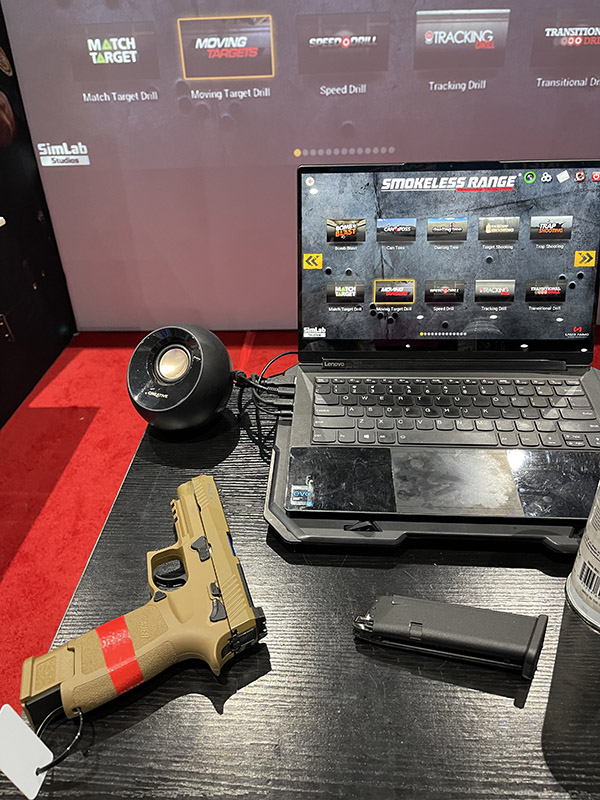
After I shot the Sim Lab course, the rep asked if I wanted a video. Hey, does a man in the desert want water? Does a California resident want gas prices below $5 a gallon. “You bet,” I answered, and I fired the course again. It was fun. (Pro Tip: The video looks better if you expand it to full screen.)
There were a couple of first aid equipment manufacturers at IACP 2023, and the exhibits were surprisingly lifelike. And gruesome. You couldn’t walk by their exhibits without looking (and taking a photo or two).
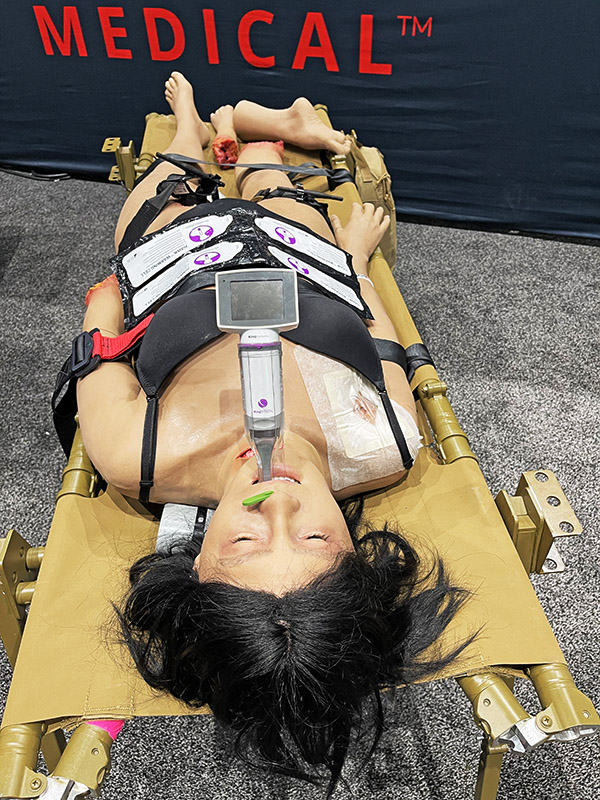
There were several vehicles on display. One was the Riverside County Sheriff’s command center. It was awesome. There were also armored vehicles. They were really cool. And there were police motorcycles.
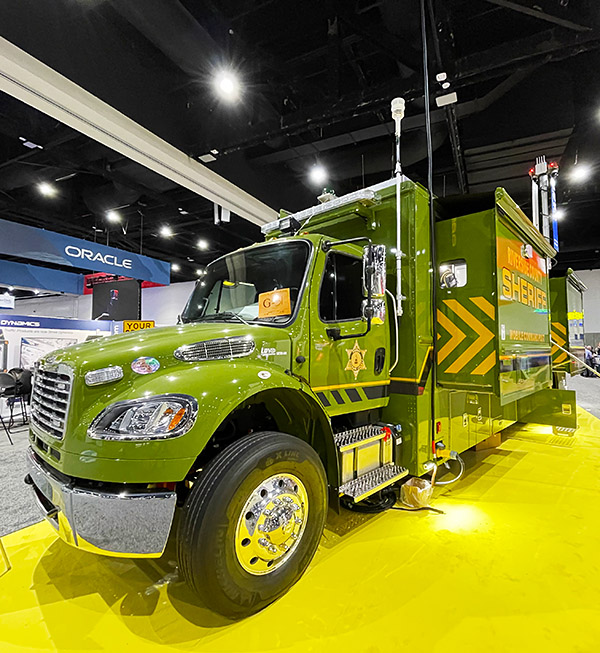
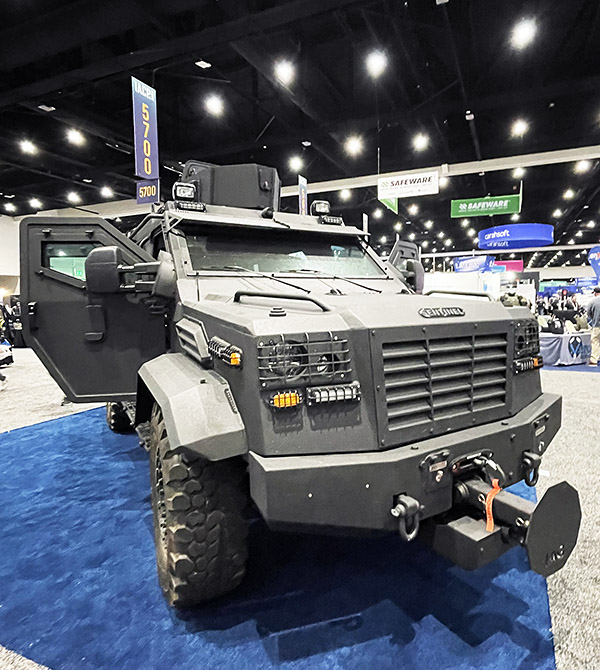
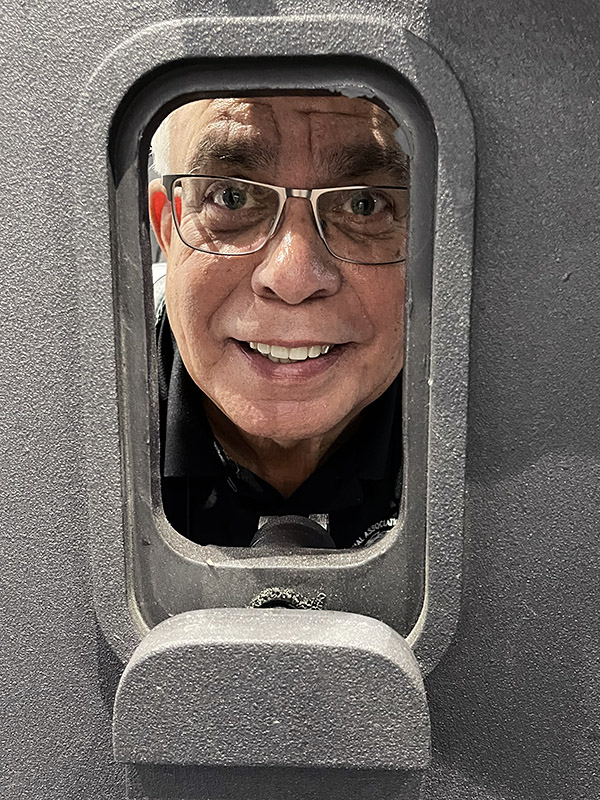
Harley and BMW were the only two police motorcycle suppliers in attendance (which is probably fitting, as they are the only two gasoline-powered motorcycle manufacturers selling to US police departments). Mike and I both sat on the Harley. Its weight (840 pounds) could only be described as oppressive. I guess I’ve grown weaker in my old age. I could barely get the thing off the side stand. I’ve owned a couple of Harley full dressers. No more, though. For a lot of reasons, my Harley days are in the rearview mirror.
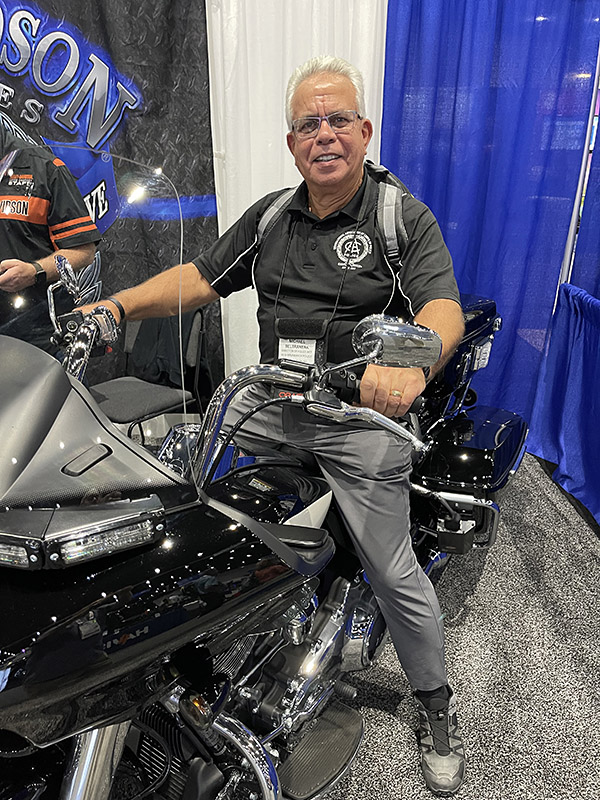
The Kawasaki KZ1000P, an iconic police motor if ever there was one, went out of production at least 20 years ago. But there was a pristine one on display. It was in a booth advertising communications equipment, and that company used it to showcase the early police comm equipment they used to manufacture. The Kawasaki (although it was 20 years old) was immaculate, as it should be. The odometer showed only 5 miles. Mike and I were both impressed. I would like to own this bike.
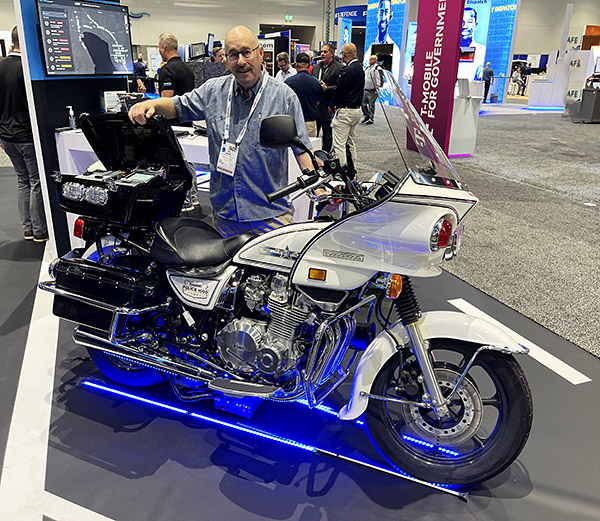
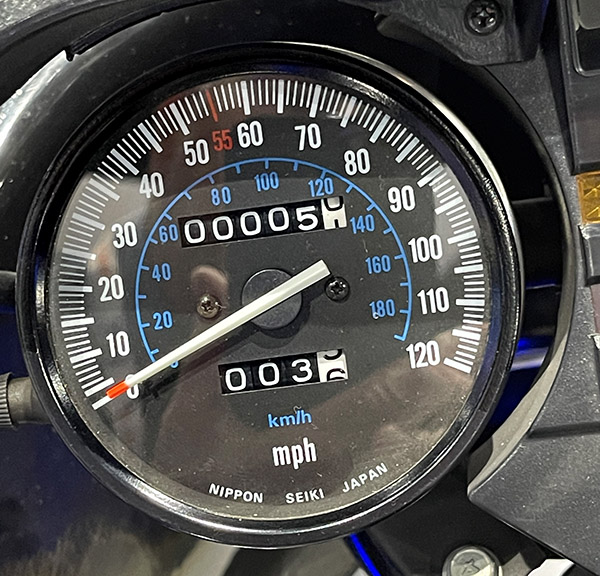
There was a company displaying an artistic Lucite arrangement lit up. It was interesting. I can’t remember who the company was, so I guessed it bombed as an advertisement, but it was cool. In the photo below, it shows Federal Signal. I’m not sure what they do. But if I ever needed a Lucite car bit of artwork, they would be my guys.
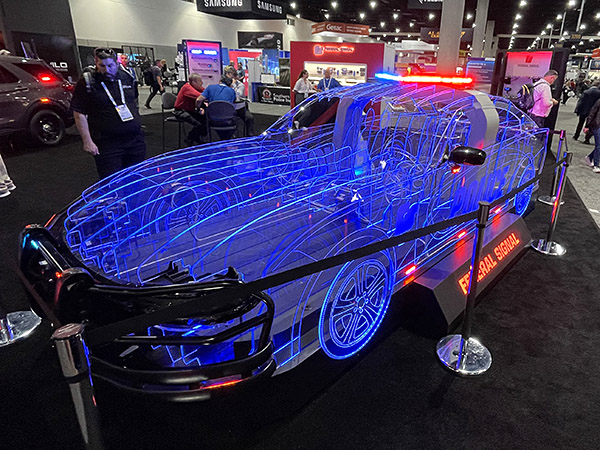
The United States Secret Service had what was probably the most interesting exhibit. It was one of the President’s Chevy Suburbans, complete with the presidential insignia and flag. I sat in the rear seat. There were real Secret Service agents there and they were nice guys. We joked with them a bit about taking care of Old Joe, because we sure didn’t want Kamala in the White House. They tried not to laugh, but I sensed strong agreement.
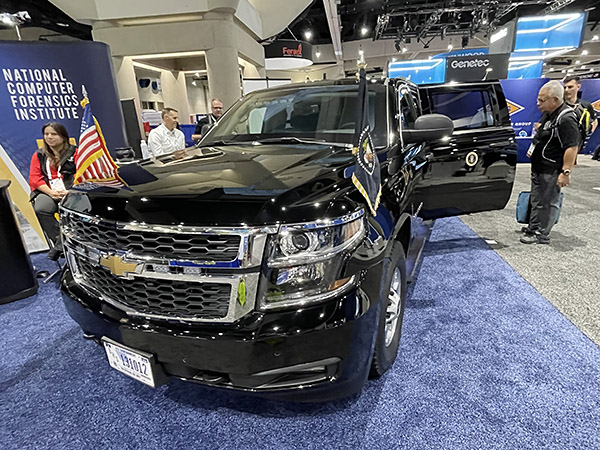
Boston Dynamics was there with a couple of their robotic dogs. You might have heard of Boston Dynamics. They were featured on 60 Minutes (the television show) a couple of years ago. The robotic dogs were cool. There was a real police dog there, too. It was not sure what to make of the robots.
One of the exhibits had a large table full of counterfeit $100 bill bundles. This was another cool exhibit that I have no idea what they were selling. But it was cool and it made for a couple of cool photos.

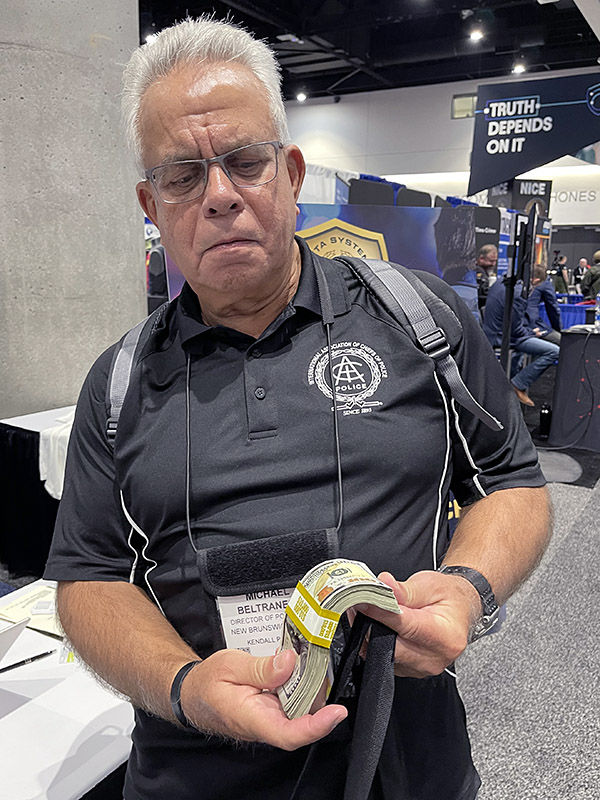
One of the great things about these kinds of conventions are the goodies. Many of the exhibitors had bags (mine was from Blauer), and nearly all the booths had goodies. I was a grownup playing trick or treat, and I didn’t even need to wear a costume. Ordinarily, I don’t pick up much in the way of goodies at trade shows, but I have four grandchildren now and I was scooping it all up for them. At least that’s my story, and I’m sticking with it. I will tell you I won’t need to buy another pen for probably another 50 years.
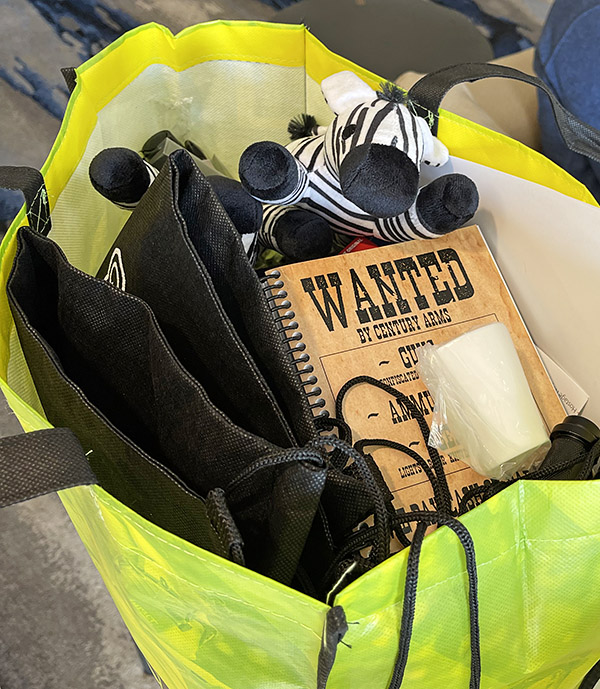
Mike and I had a super time wandering around in the IACP convention. So much so, in fact, that we reached the end of the day without eating lunch (and for me, that’s unusual). That was okay, because it made us look forward to dinner as we left the convention. As always, the dining in San Diego was superior. Whenever Sue and I visit another city, we don’t go to the touristy restaurants; we always search for the local favorites (and Sue does a stellar job in finding these). Valero’s got the nod our first night in town; it’s a small, family run Italian restaurant, and it was excellent. I had eggplant parmigiana, Sue had angel hair pasta with pesto sauce and mushrooms, and Mike had the pasta puttanesco. I’d never heard of that last one and when Mike translated the name to English I didn’t believe him initially, but he was right. I’ll have to try that one on our next visit. And there will be a next visit. Valero’s was outstanding.
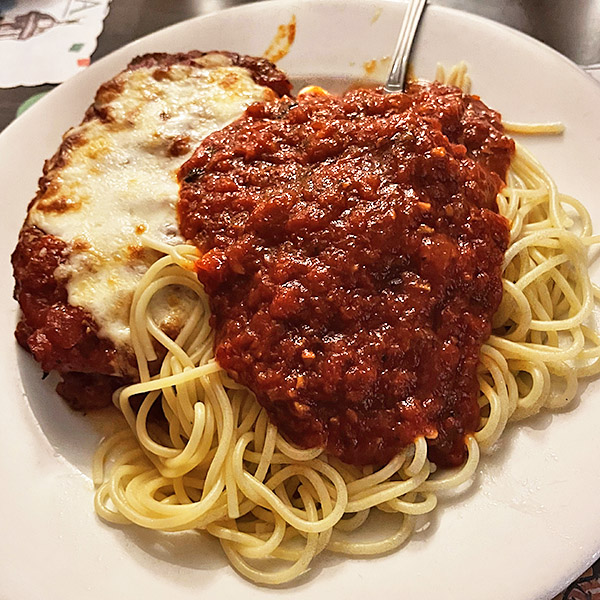
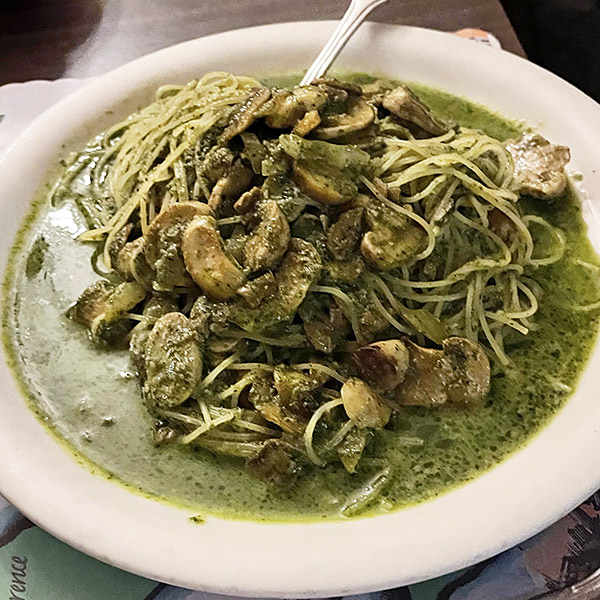
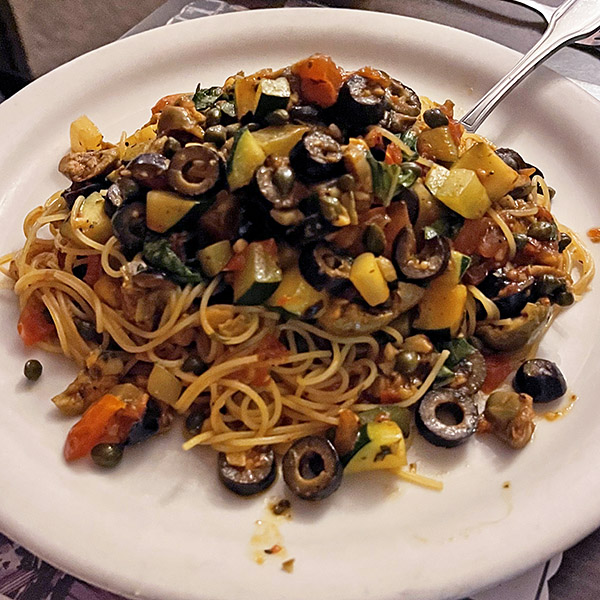
Our second night in town brought us to the Havana Grill, a Cuban restaurant not far from Old Town San Diego. It, too, was a local favorite and it was excellent.
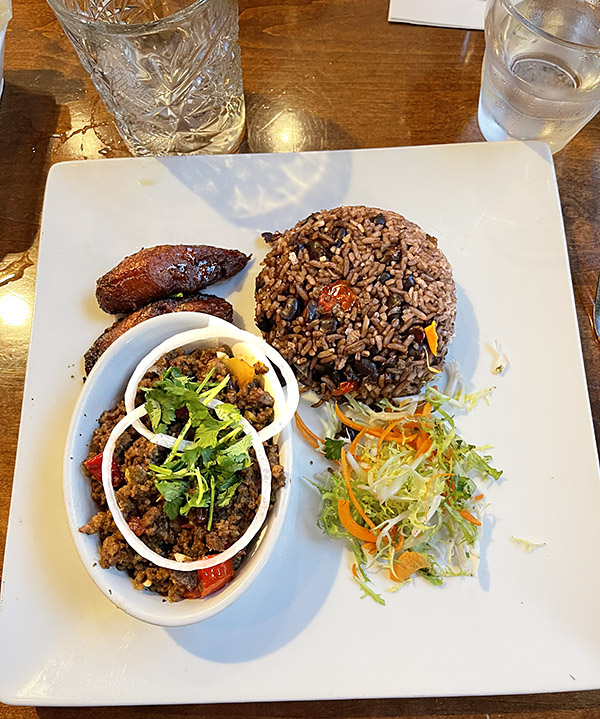
So there you have it: A great visit with good buddy Mike, a super time at the International Association of Chiefs of Police Convention, and a great couple of days in San Diego.

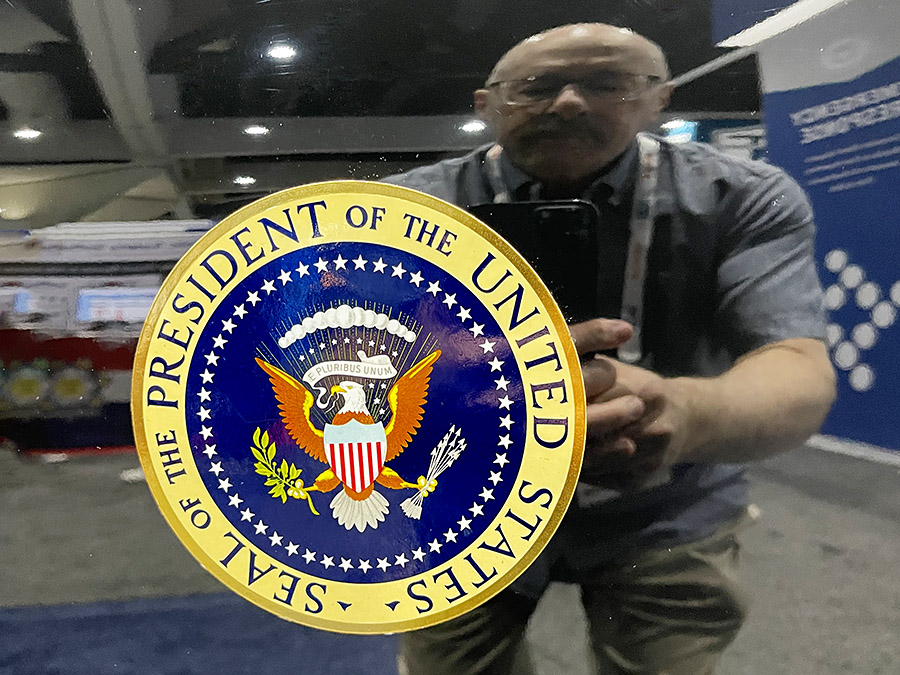


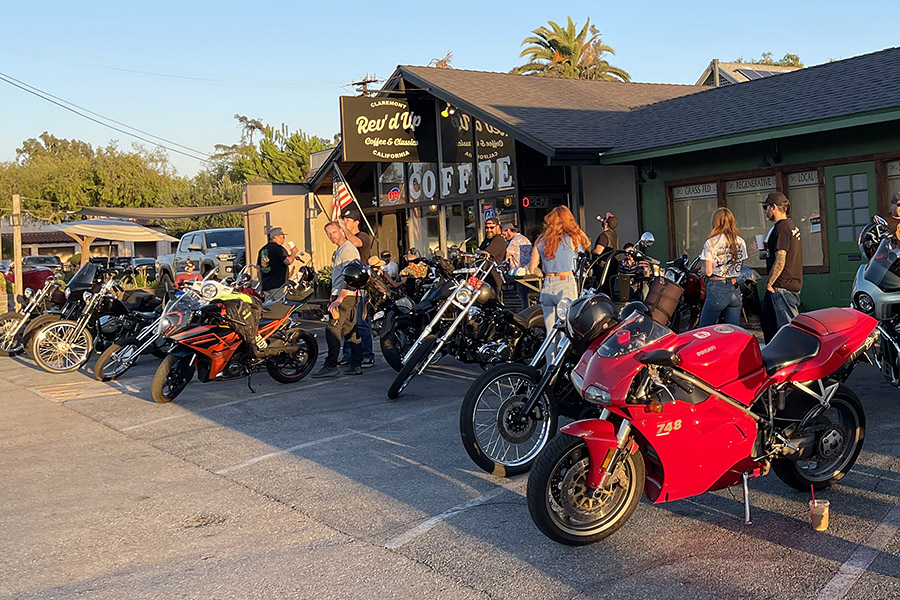
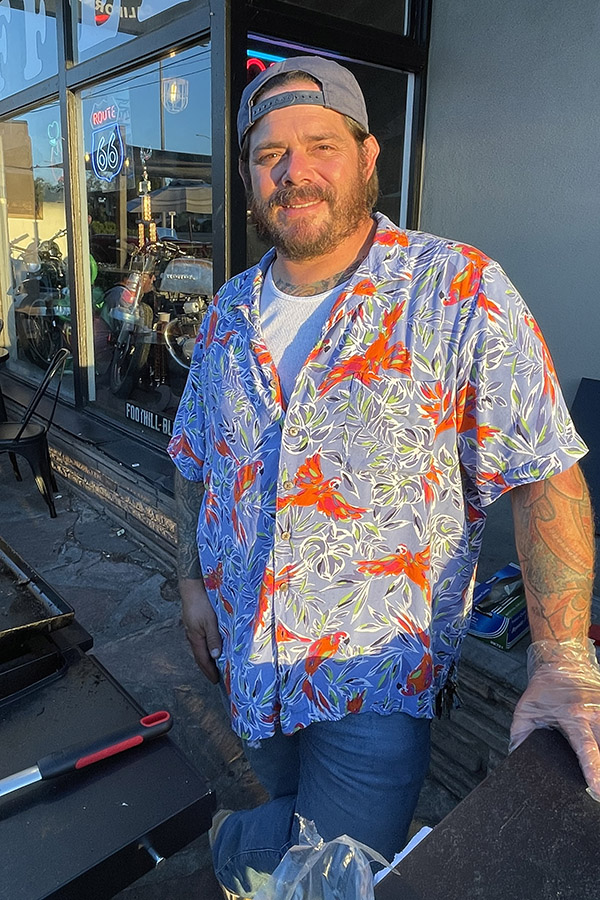
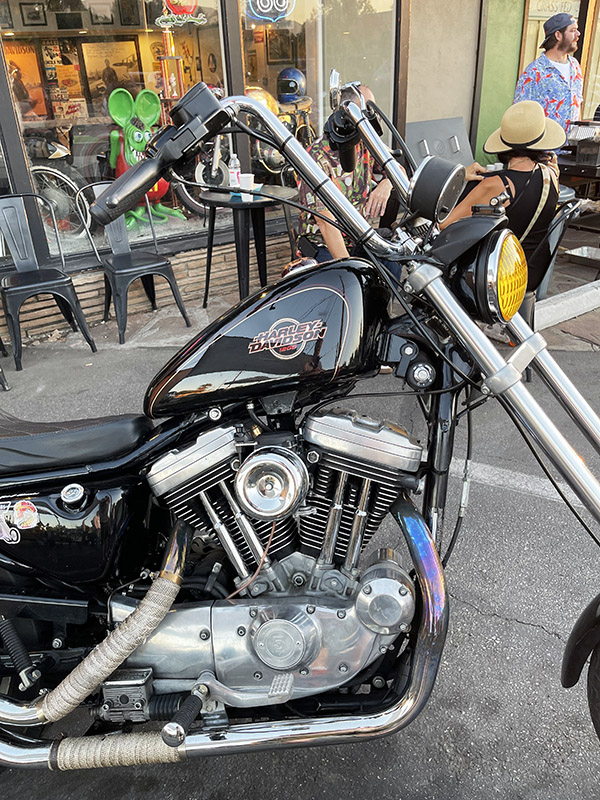



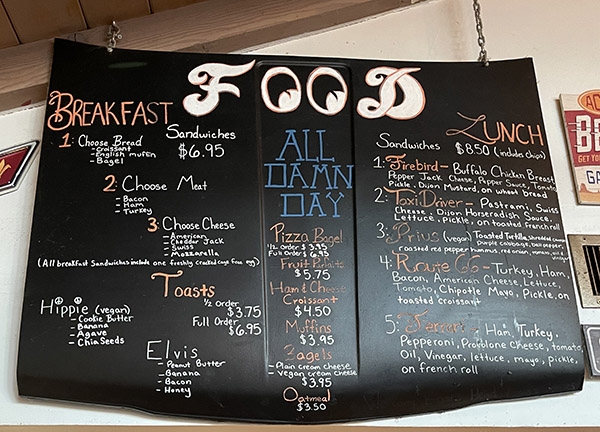


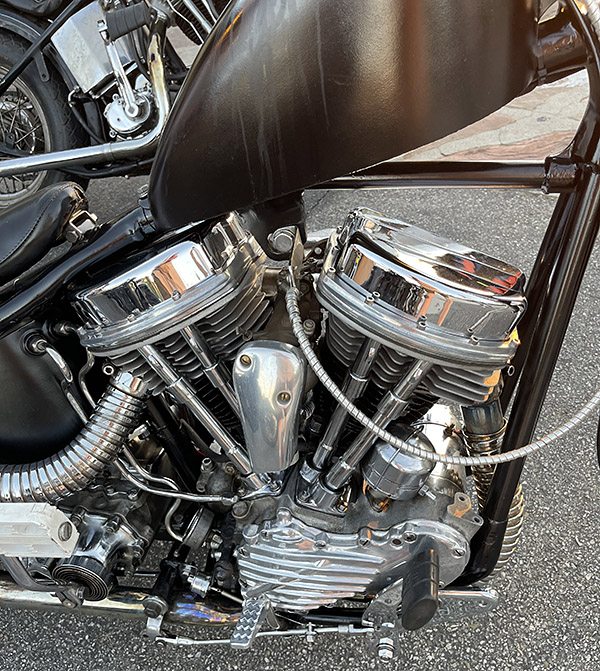
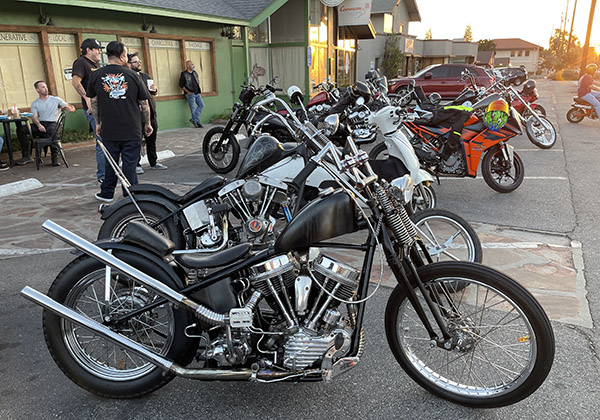
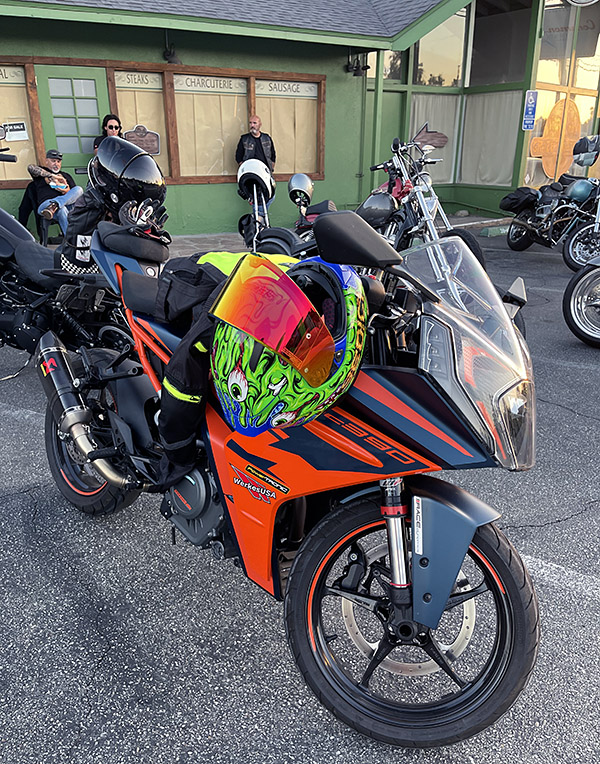

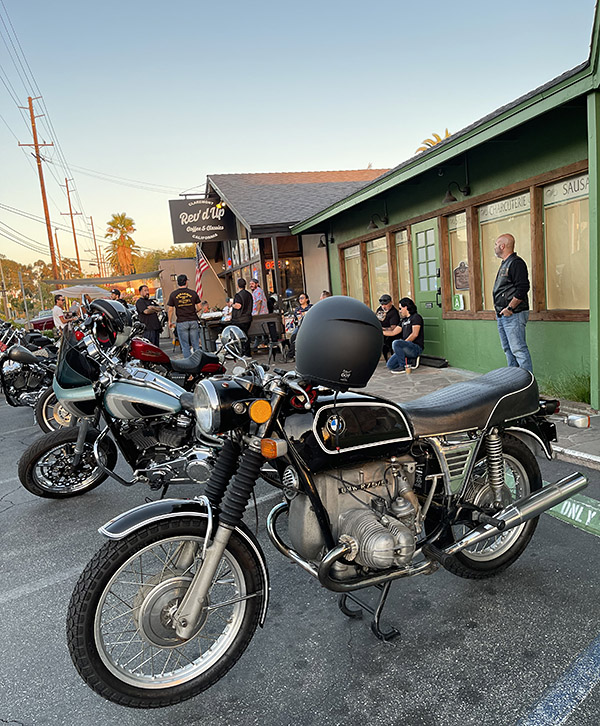

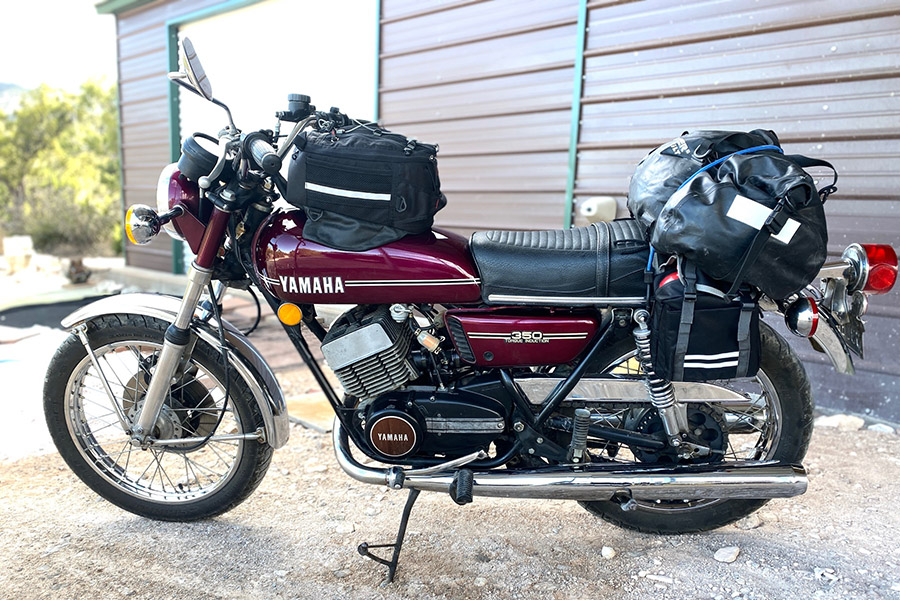
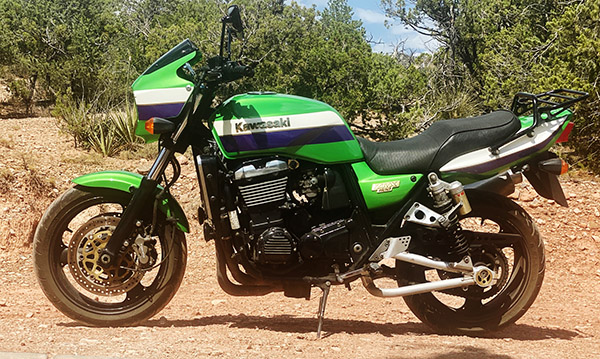
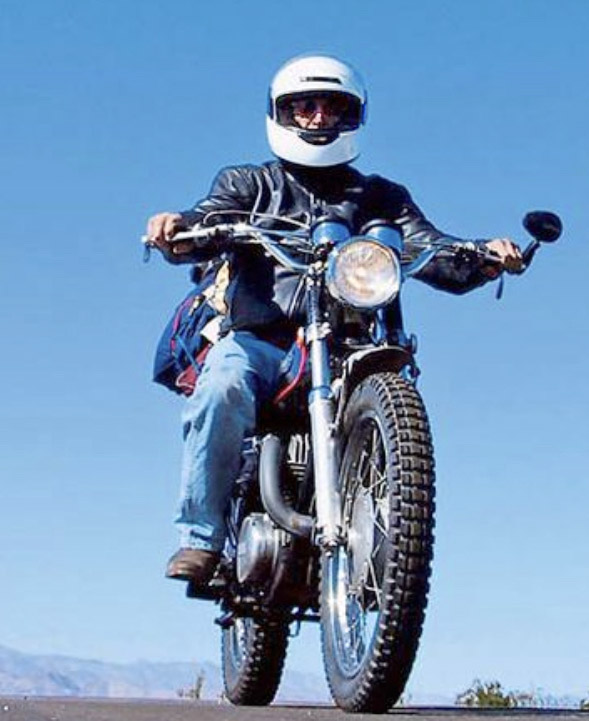
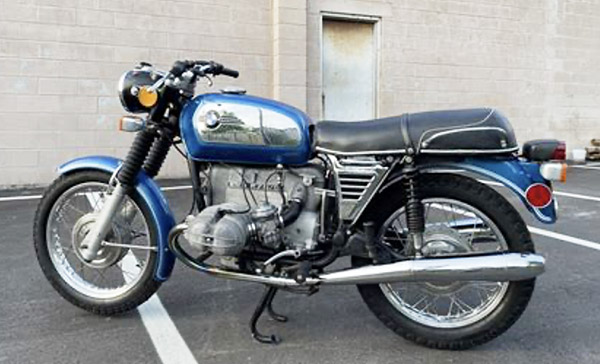
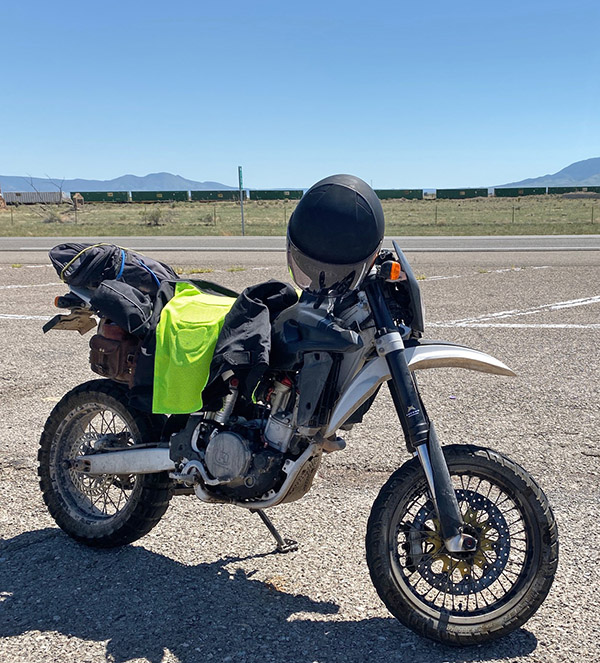
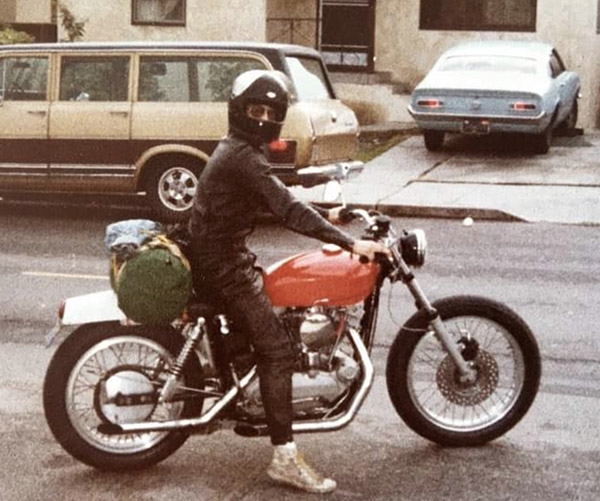 The closest I got to an Iron butt ride was on a 1968 Sportster. This motorcycle is another poor choice for long distance riding. At least the seat wasn’t 4 inches wide on the Sporty. I started out from Van Horn, Texas. It was late March, so it was still pretty chilly in the pre-dawn hours. I rode all the way to Point Loma, California and it took around 18 hours. Of course, with an old Harley all that time wasn’t spent riding. You have to twirl wrenches a bit.
The closest I got to an Iron butt ride was on a 1968 Sportster. This motorcycle is another poor choice for long distance riding. At least the seat wasn’t 4 inches wide on the Sporty. I started out from Van Horn, Texas. It was late March, so it was still pretty chilly in the pre-dawn hours. I rode all the way to Point Loma, California and it took around 18 hours. Of course, with an old Harley all that time wasn’t spent riding. You have to twirl wrenches a bit.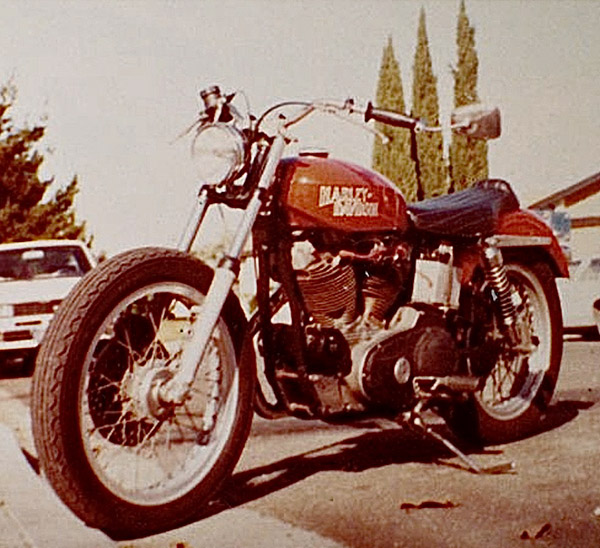 The Sportster’s charging system failed because the mechanical, coil and point type voltage regulator shook itself to pieces. Running a total loss ignition system I had to stop at gas statins and charge the battery every so often, kind of like a modern EV car. As the voltage would drop the bike would start missing due to the plugs whiskering.
The Sportster’s charging system failed because the mechanical, coil and point type voltage regulator shook itself to pieces. Running a total loss ignition system I had to stop at gas statins and charge the battery every so often, kind of like a modern EV car. As the voltage would drop the bike would start missing due to the plugs whiskering.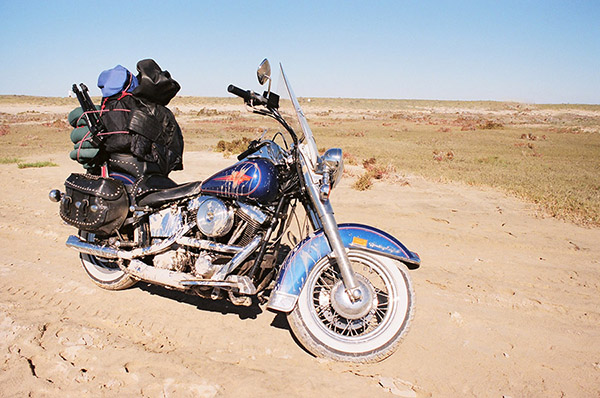
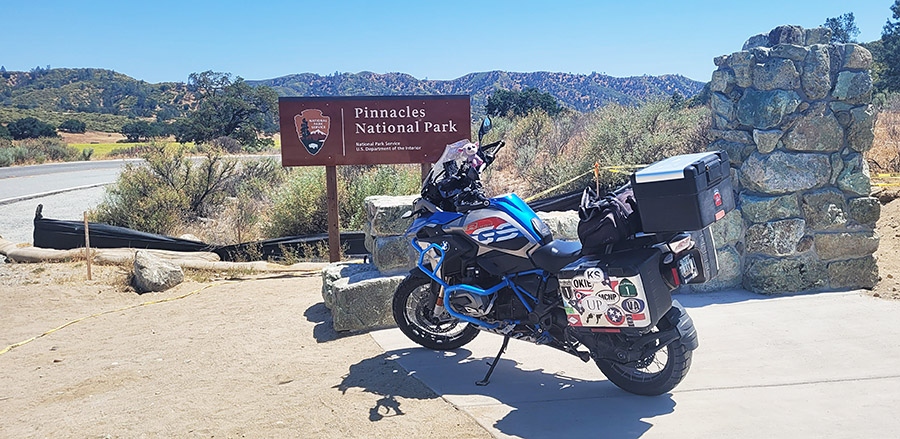
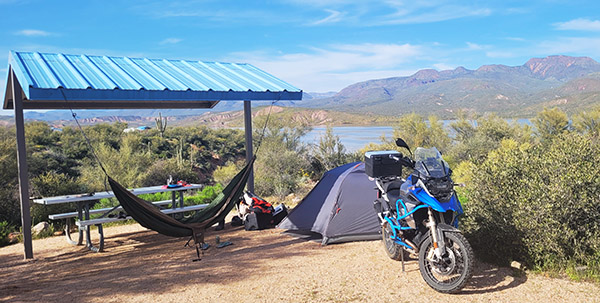
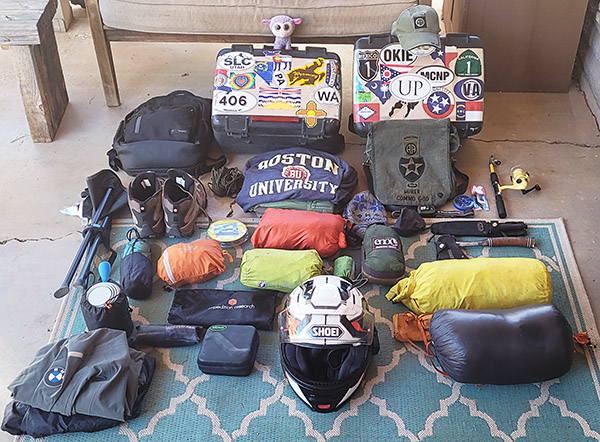
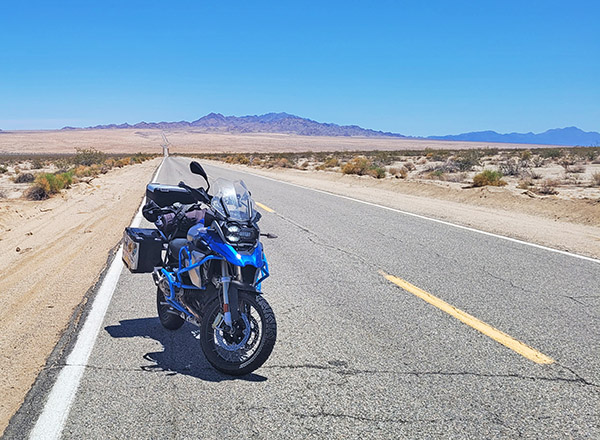
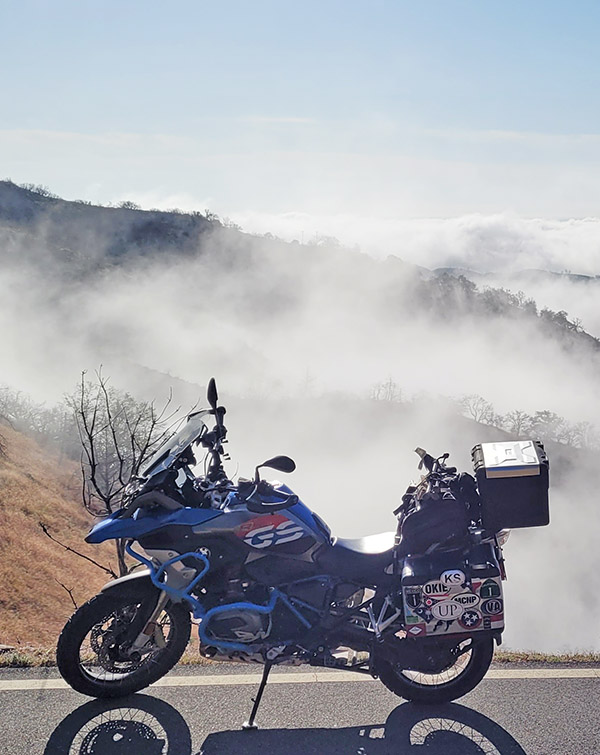
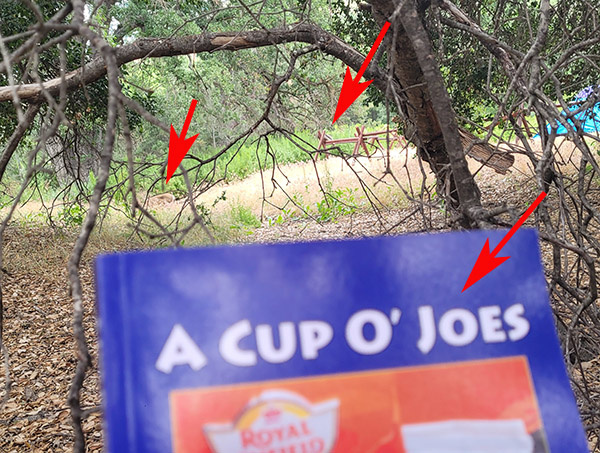
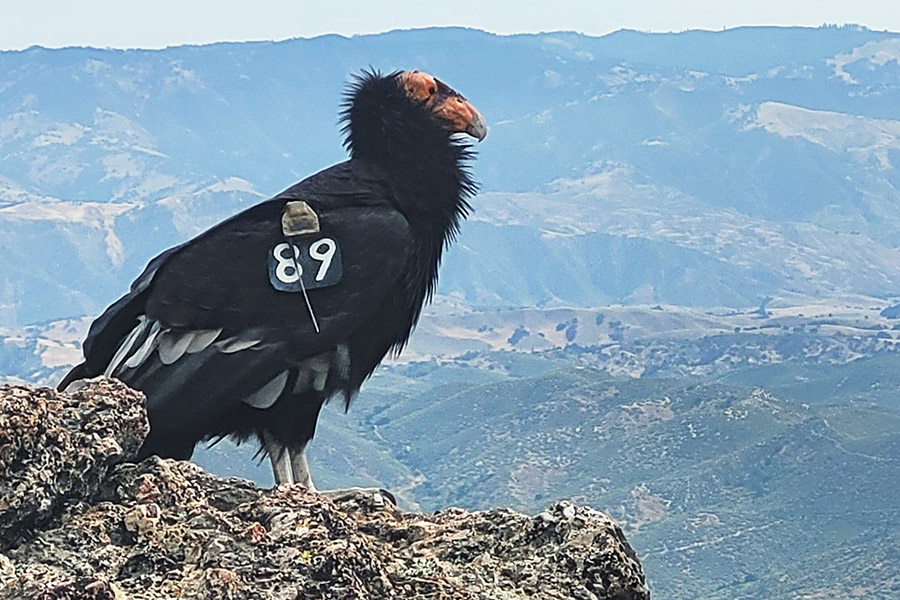
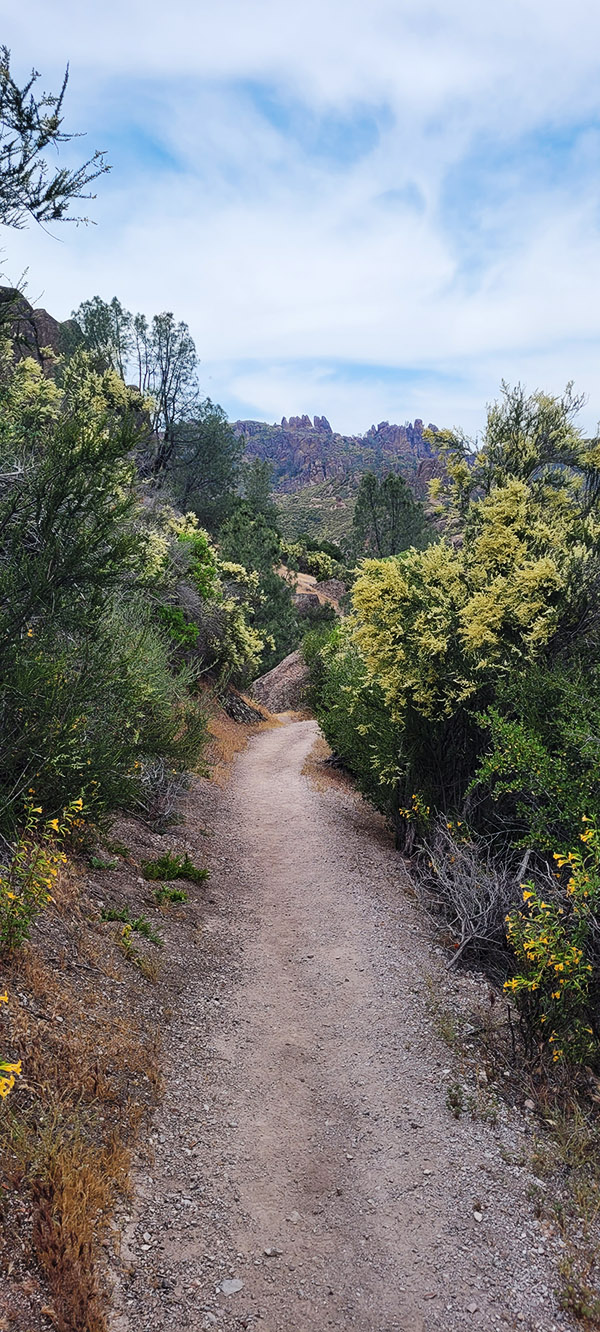
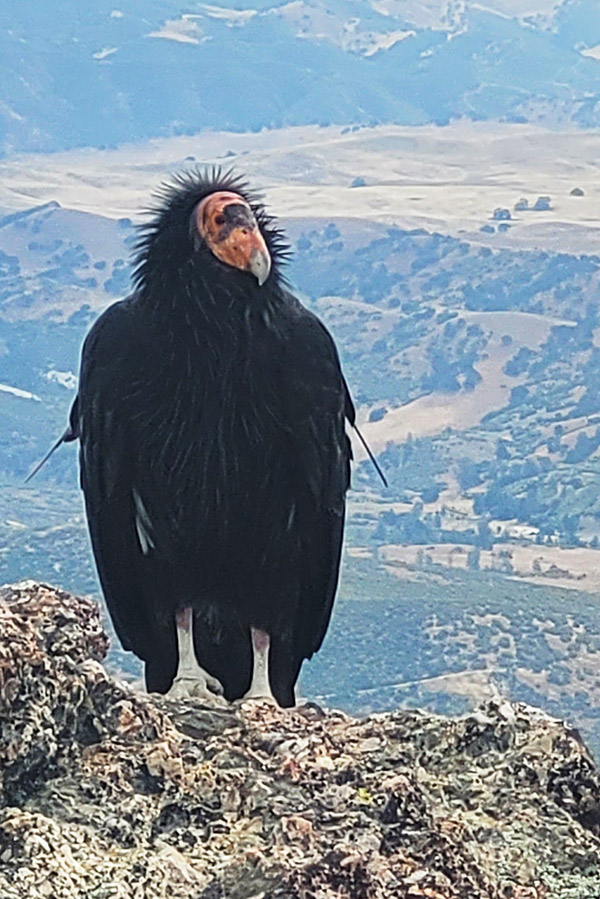
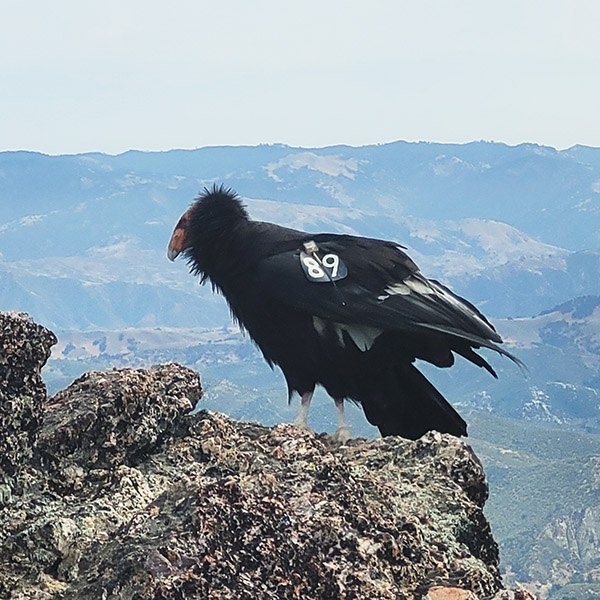

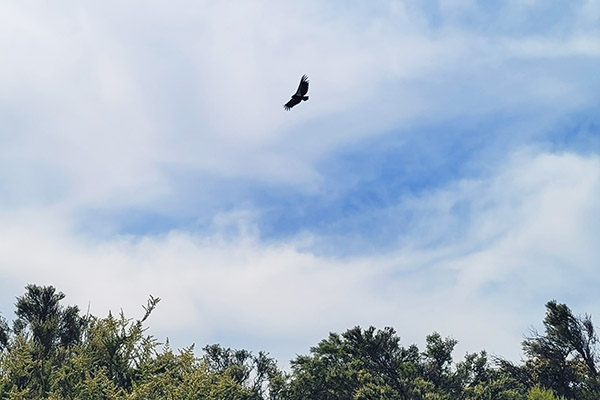
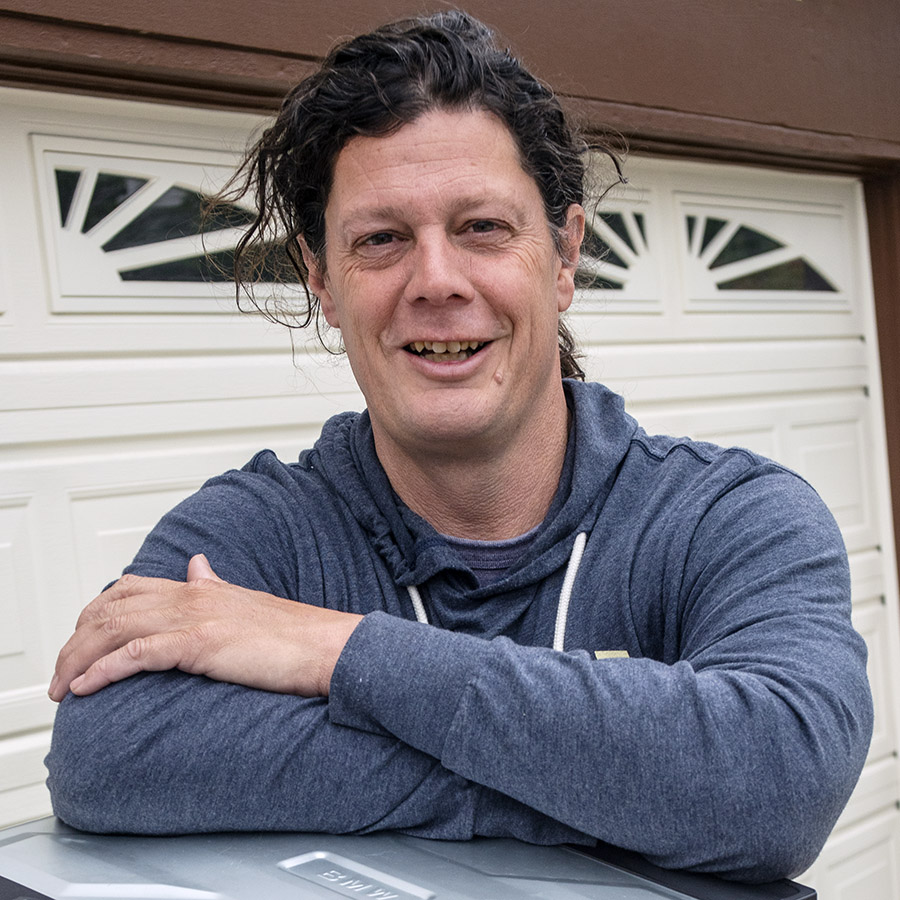
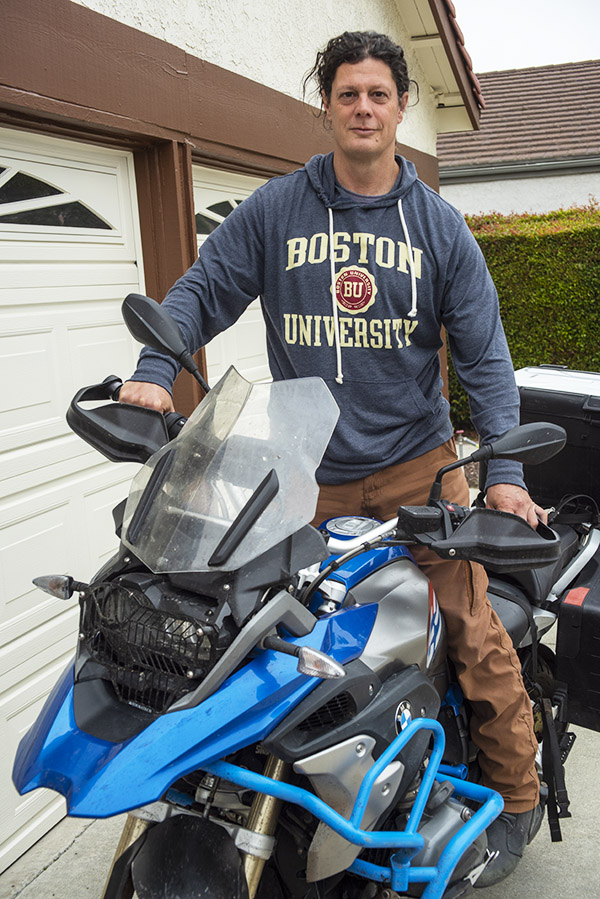
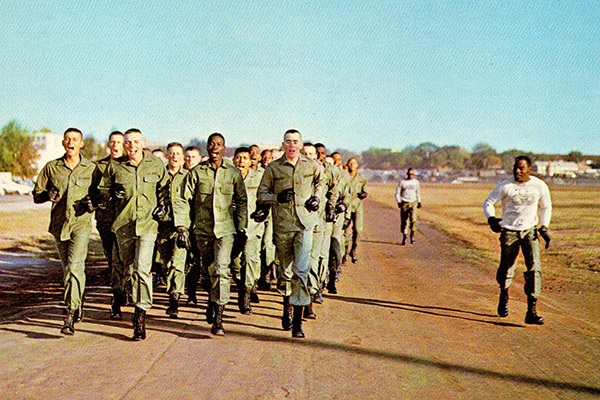
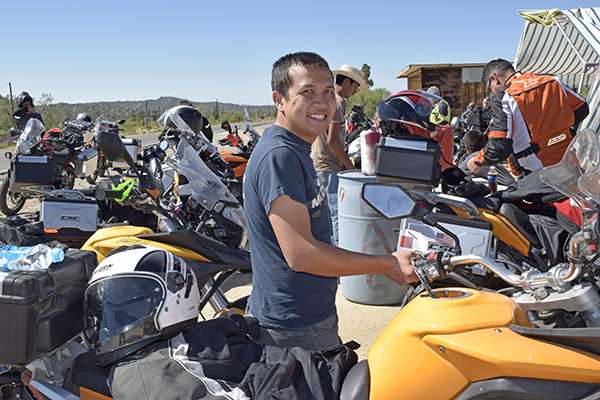
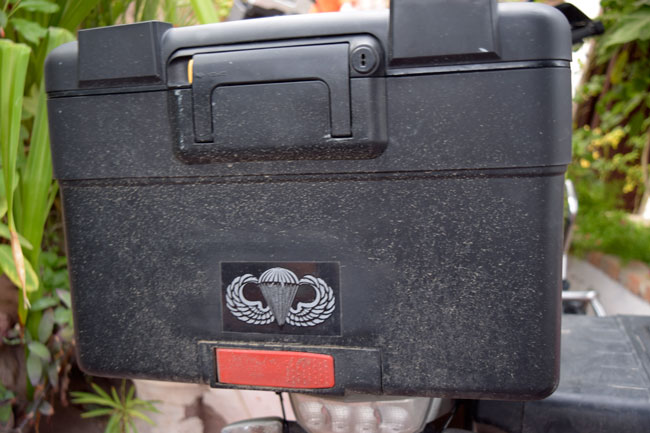
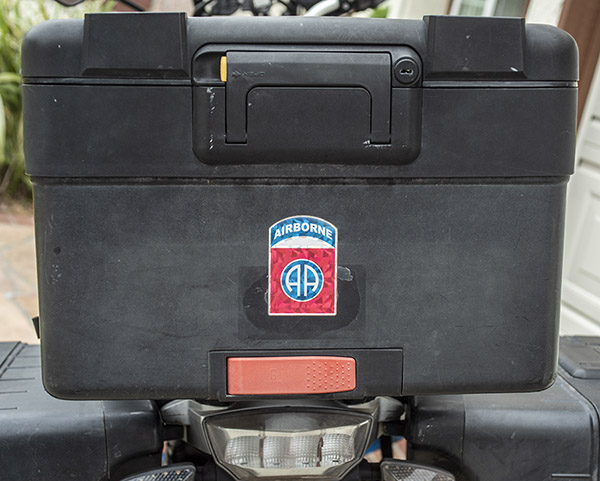
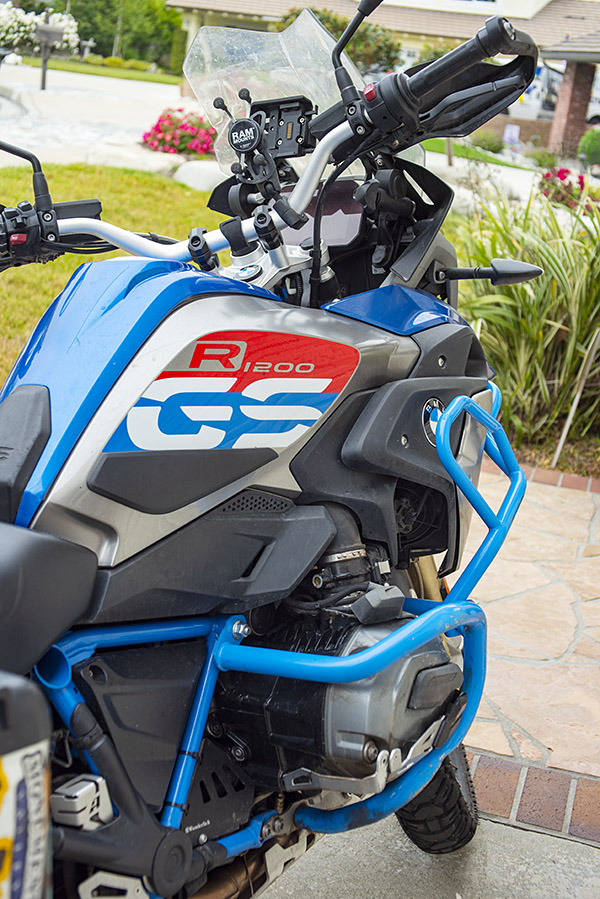
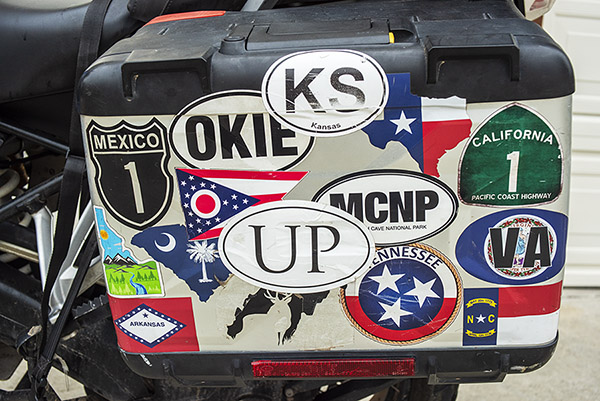
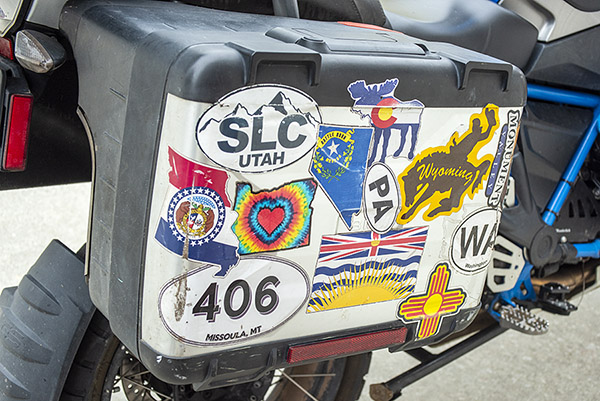
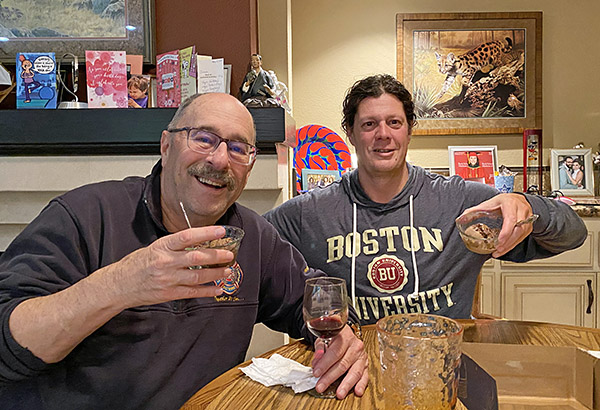
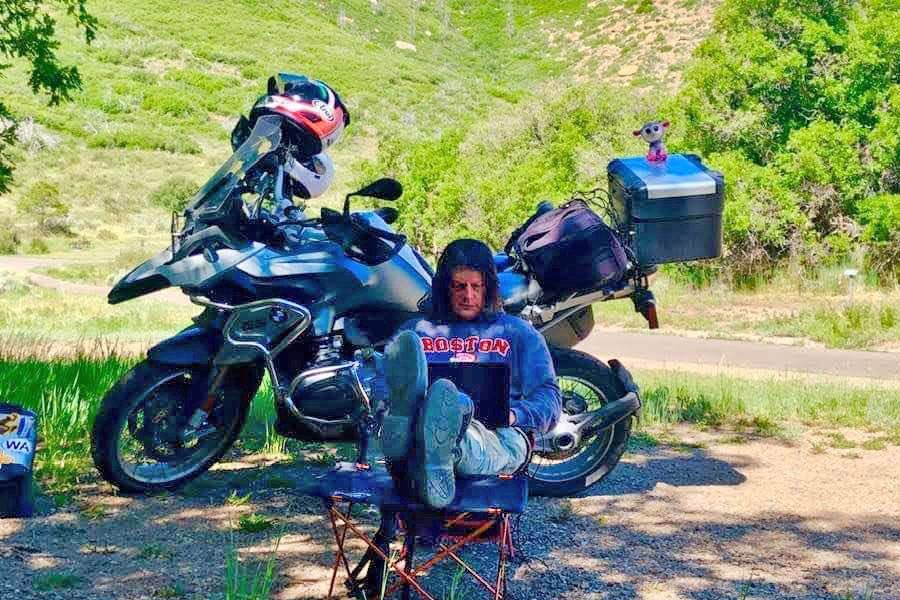
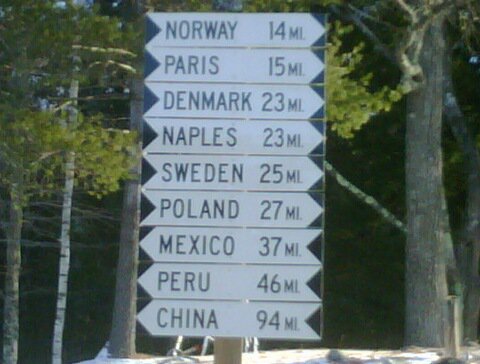 The first two years were mostly spent learning to excel in my new position as a project manager along with clumsily discovering how to adjust my work/life balance in creative ways. This involved motorcycling throughout New England in between work responsibilities.
The first two years were mostly spent learning to excel in my new position as a project manager along with clumsily discovering how to adjust my work/life balance in creative ways. This involved motorcycling throughout New England in between work responsibilities.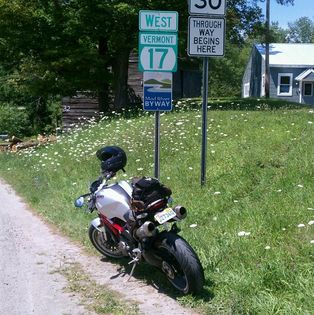
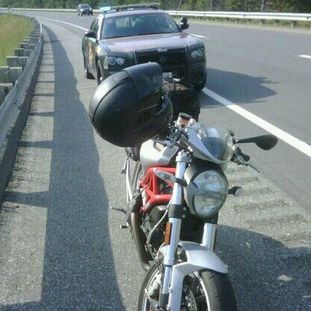
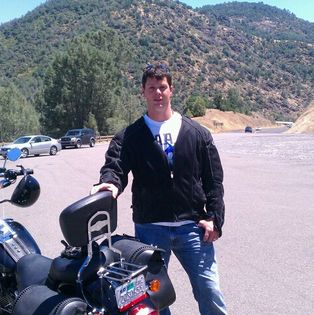
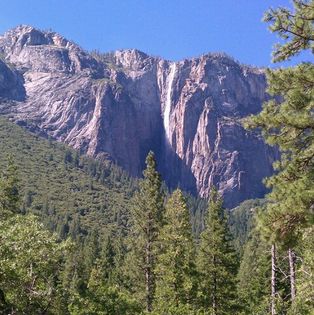
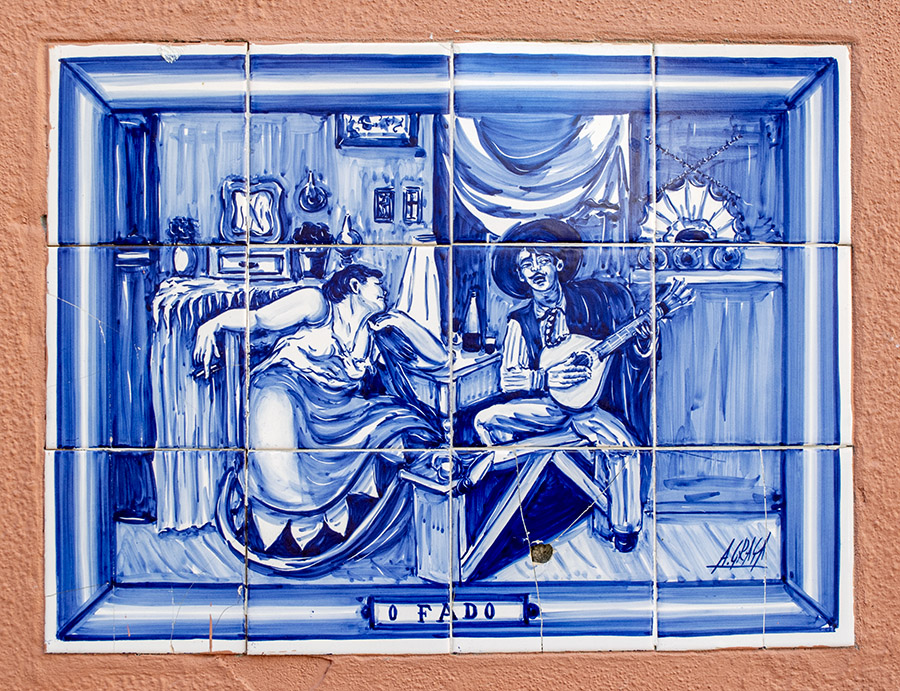
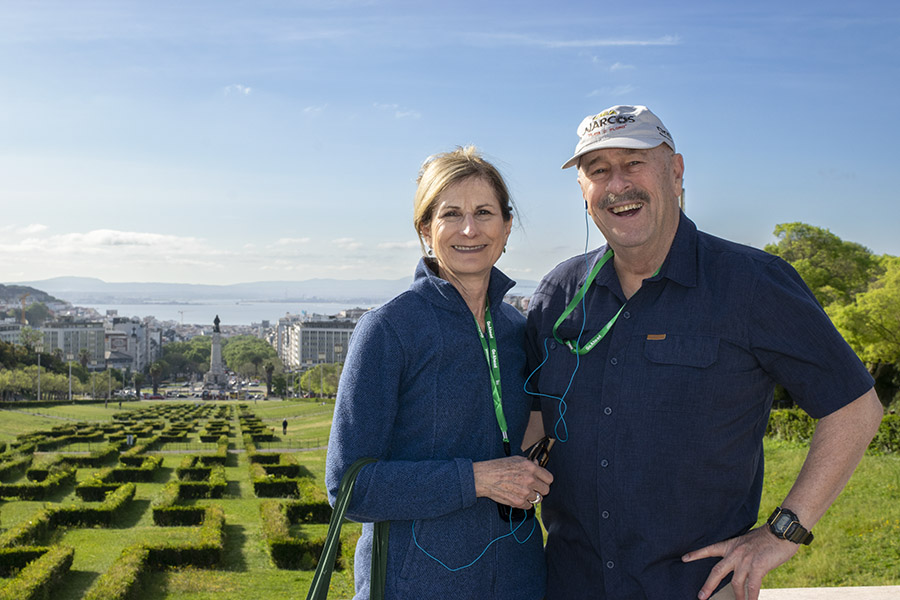
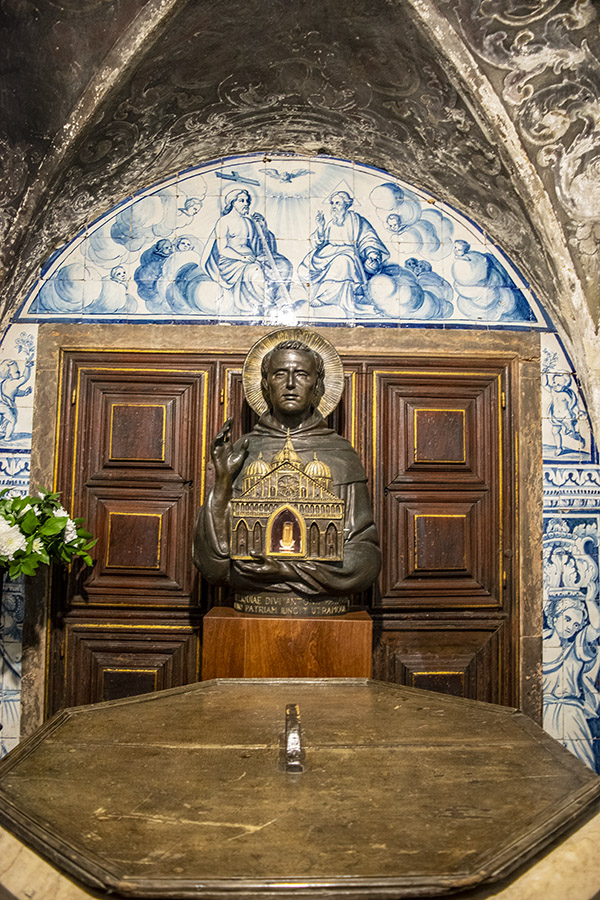
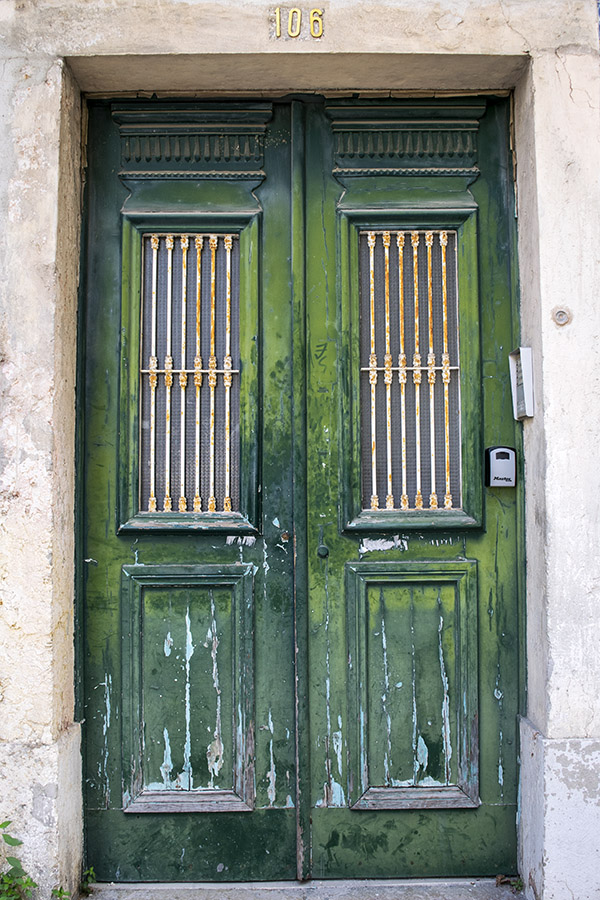
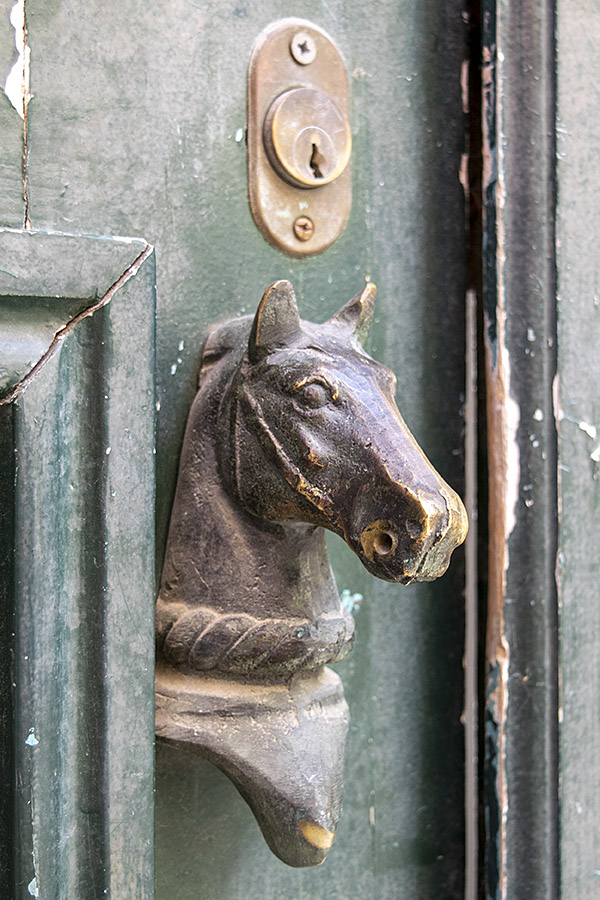
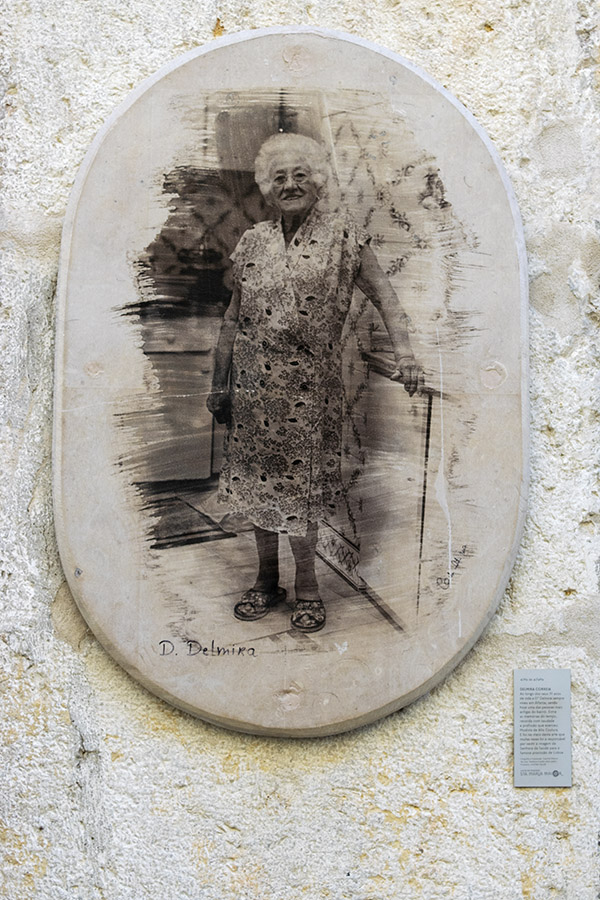
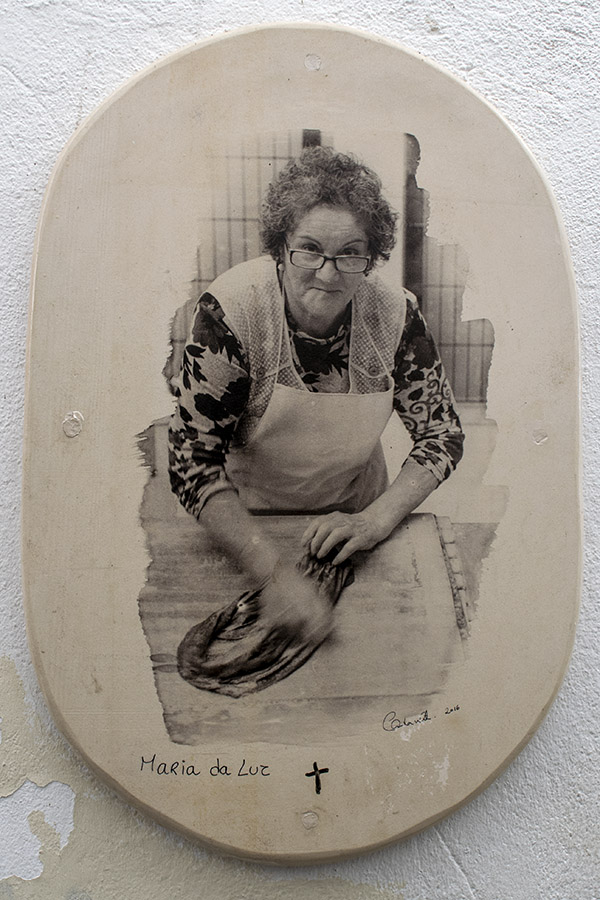
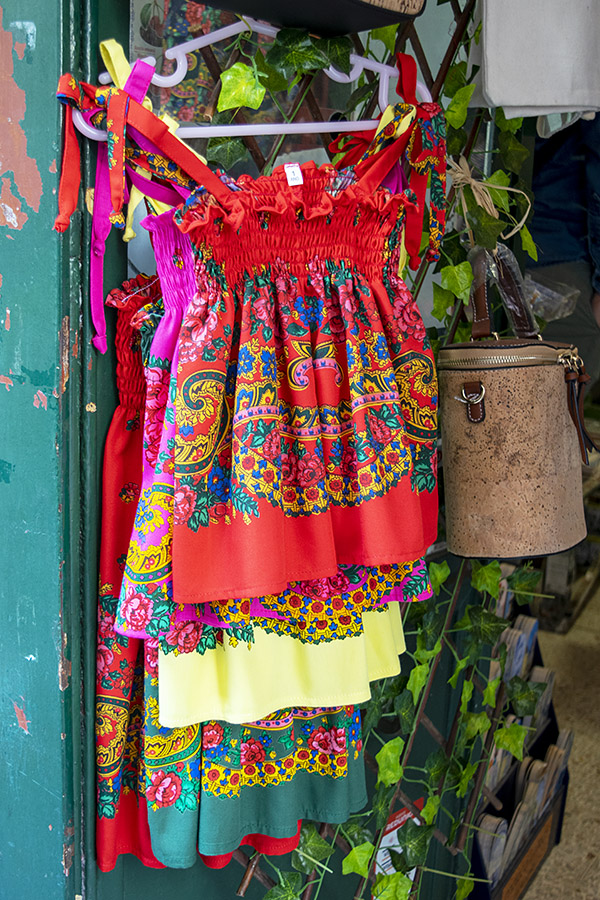
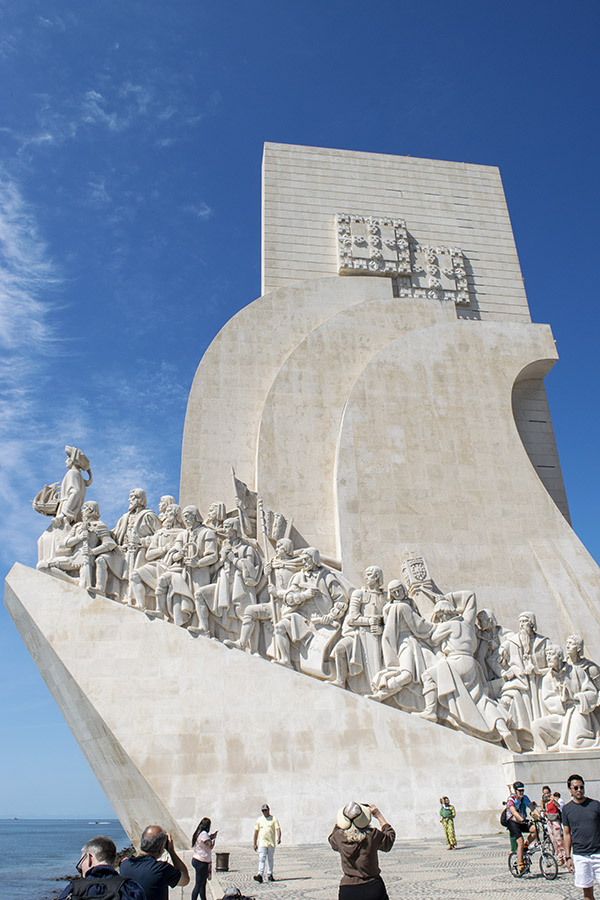
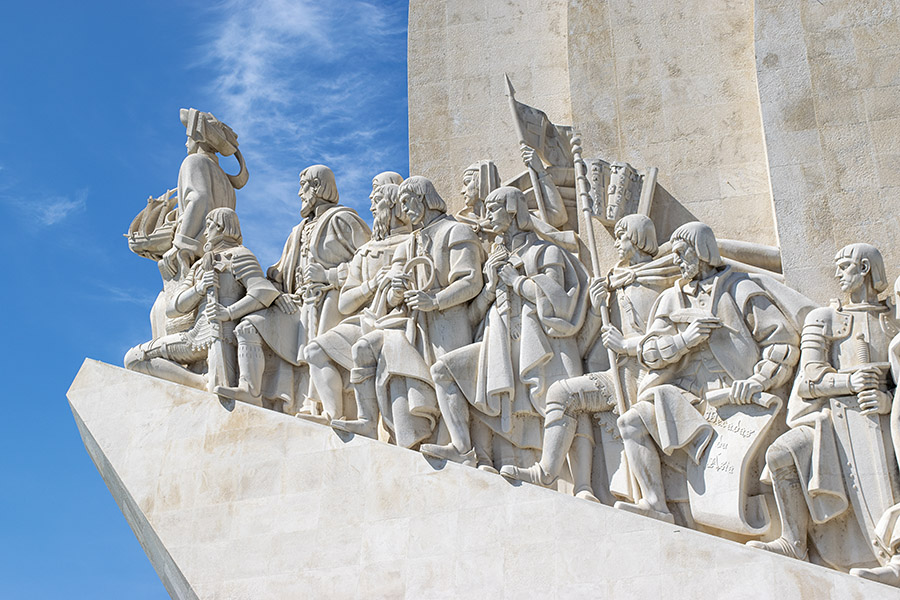
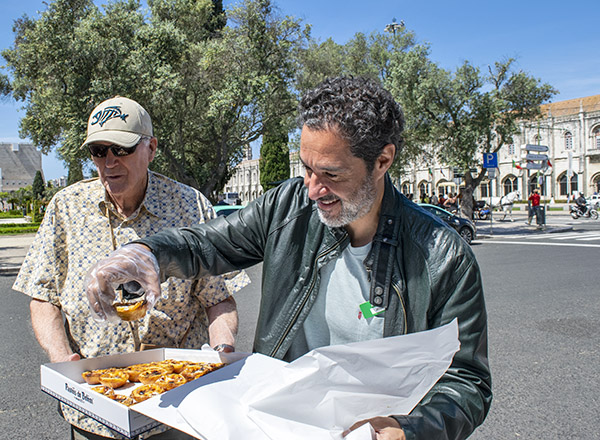
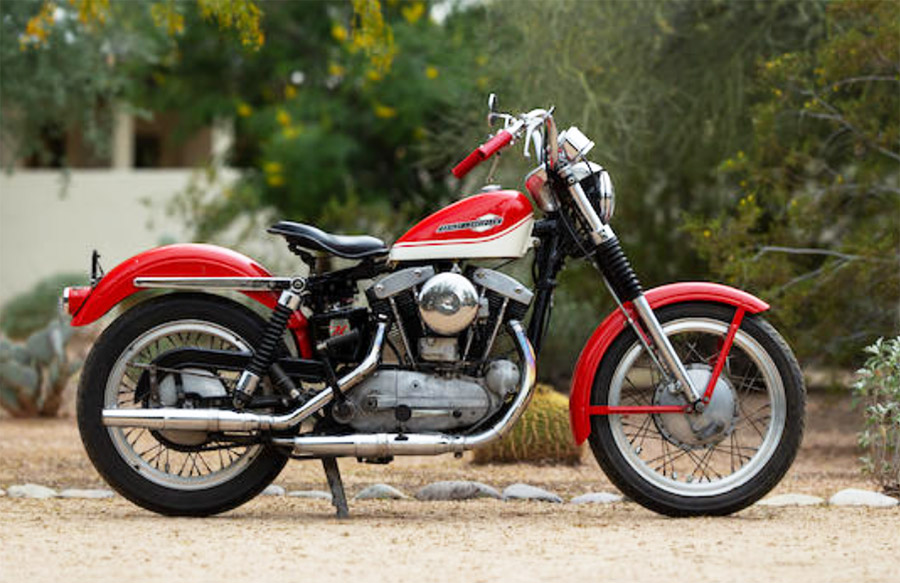
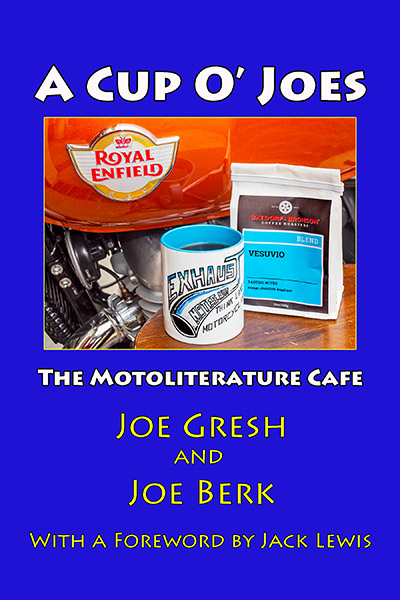
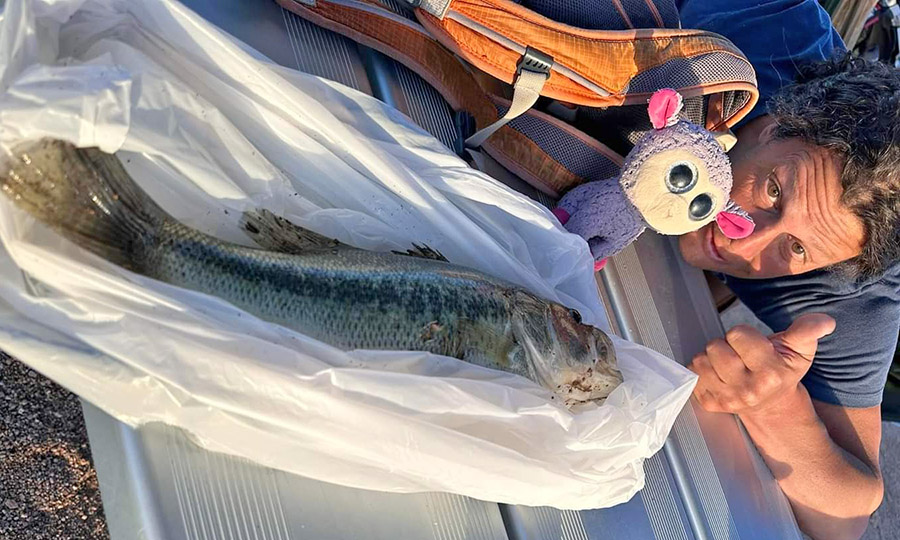
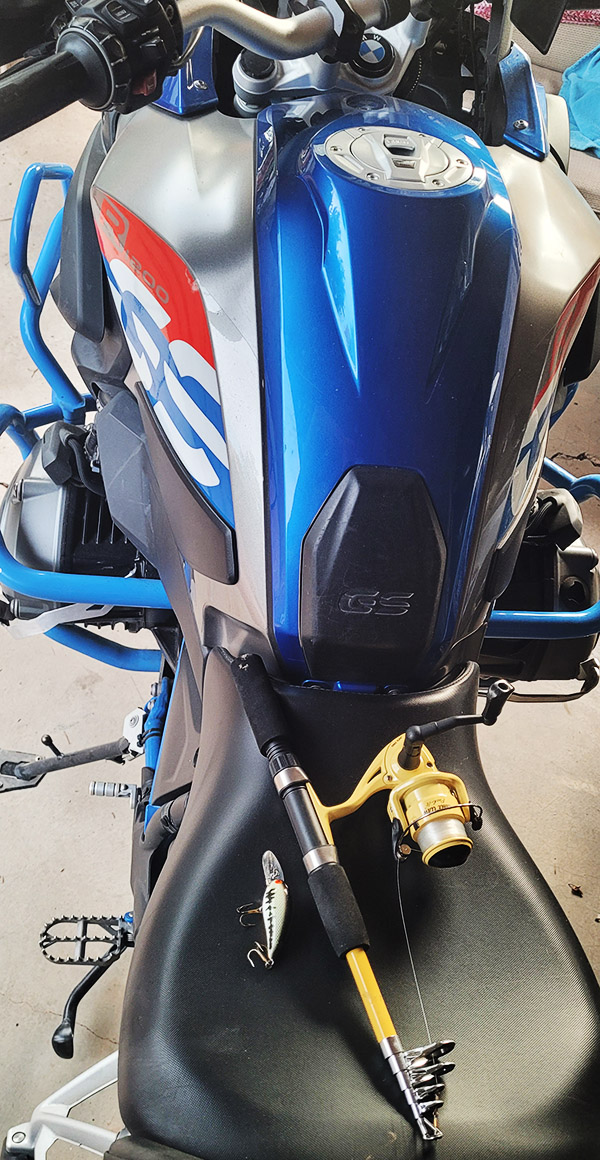
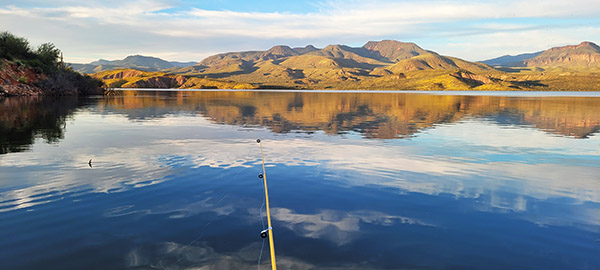
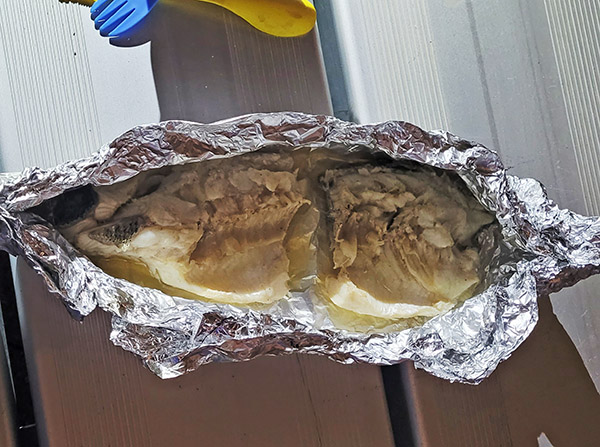
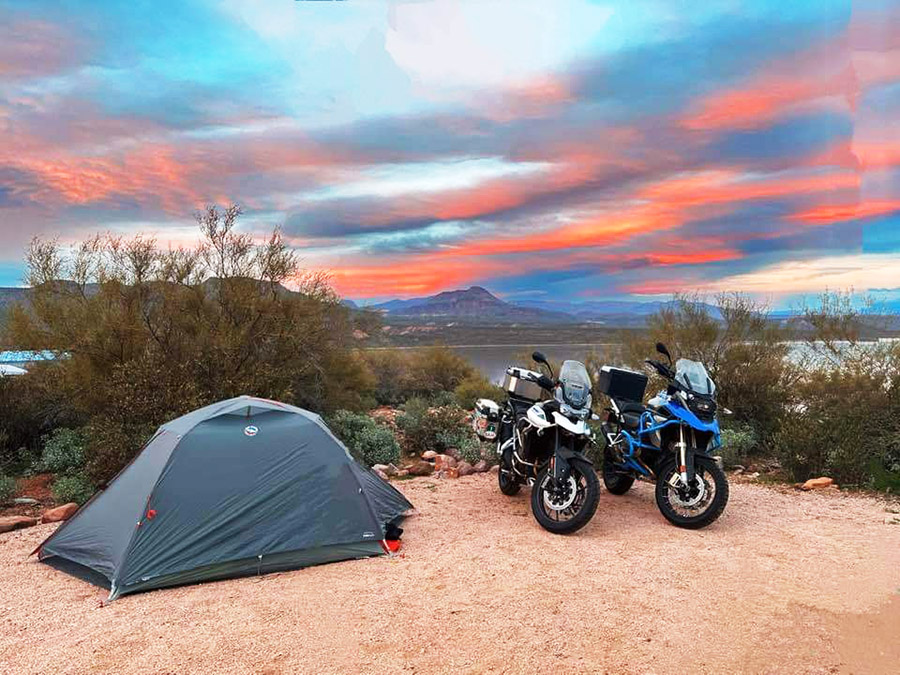
 Arizona has an endless amount of camping areas, both dispersed and in formal campgrounds. I thought highlighting two ends of the spectrum in would be a great way to convey the vast diversity Arizona offers.
Arizona has an endless amount of camping areas, both dispersed and in formal campgrounds. I thought highlighting two ends of the spectrum in would be a great way to convey the vast diversity Arizona offers.
